It is a long story. Longer than I expected. Yes – I didn’t expect anything but learning to frame and playing with a different aspect ratio. It is also story of Gear – DIY almost everything – and a real 35mm story as I knew I wanted to shoot on 135 film. I had a short affair with a 120 roll film TLR but I hated the flatbed scanning of dusty big negatives so I decided that I didn’t like square. It was, of course, wrong to blame the format.
They say there is a lot of harmony in a square frame. They also say when looking at a square frame your eyes go in circles round the image, while on landscape or portrait images you look left & right or up & down.
For me the best square property is that no portrait alignment is possible. The second best is that it makes your lenses life easier by having an ideal fit within the image-circle. So for example lots of APSC lenses can cover 24 x 24mm. And the extra 18 frames per roll, although they can force some more patience, are surely a plus point.
I always liked the idea that photography is linked to a certain aspect ratio. Some years ago I mostly shot 2:1 (48 x 24) with a diy camera (this one) then, suddenly, i began thinking “square thoughts” at the end of 2021. If you think my sudden interest was caused by some kind of inspirational boredom or a GAS effect – you might be right with both. It could also have been triggered by great stories of Laura Cogan and Volker Muth.
So how did that story start ?
First I needed a camera!
I assumed that this square 24 x 24 mm camera I was thinking of had to have a 28mm-ish focal length, as on 2:1 format I used a 50mm lens. Something near the half of it. The research for original historic 24 x 24 cameras was very interesting – thanks Stuart Jenkins for his beautiful story – but all the biloras, eho-altissas, taxonas and even the kuhnert futura have been built between 1940 to 1955 and I knew, as a color shooter, I wanted a “modern” lens, like at least from the 70ies.
For my first try I decided for a Robot because of its interchangeable lenses on M26 – what the hell – screw mount. I adapted some lenses on this camera an had an exciting time exploring the square frame. My favorite lens on this camera was a Minox 35mm that I had extracted from a dead Minox.
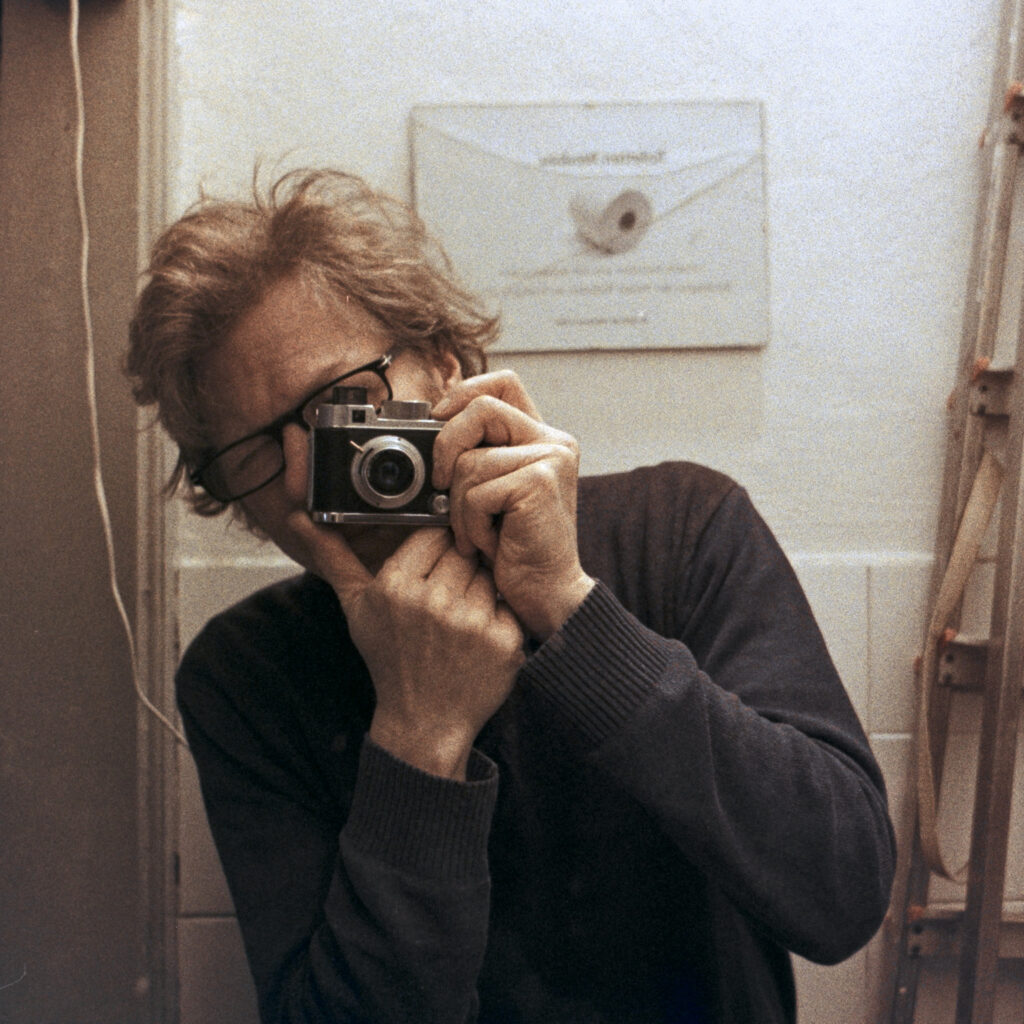
But there was a major problem with the Robot. It is a tiny, sheet metal built machine with a very short film plane, no serious film routing. So in my understanding there was not enough precision of the film surface for a sharp rendering, no matter what lens, sharpness was inconsistent. This frustrating realization opened, as a positive result, the doors for a new set of thoughts.
First I checked if a Contaflex 126 SLR or a Kodak Instamatic reflex could be converted to take 135 film, but though being square frame cameras, this would have bee a long way to a rather heavy result. Modifying a light and compact 35mm SLR was the easier way, I was sure, after trying to imagine the needed steps to a 24 x 24 SLR camera. The Pentax ME was not only a cheap choice, it is also one of the lightest ever built SLR Cameras.
Modifying Steps
For reducing the film advance from 36mm to 24mm I CNC milled new transport gears with 4 instead of 6 teeth
(yes 4 teeth also work, even if they look kind of square…) Then the film frame and the finder frame had to be masked to a square shape. Not really complicated, but surely demanding precise work.
After having also repaired the ME electronics I started shooting SLR-square with a 35mm lens that I don’t remember, then quickly switched to a Pentax 28mm f2.8 which I didn’t like very much, because is was not sharp.
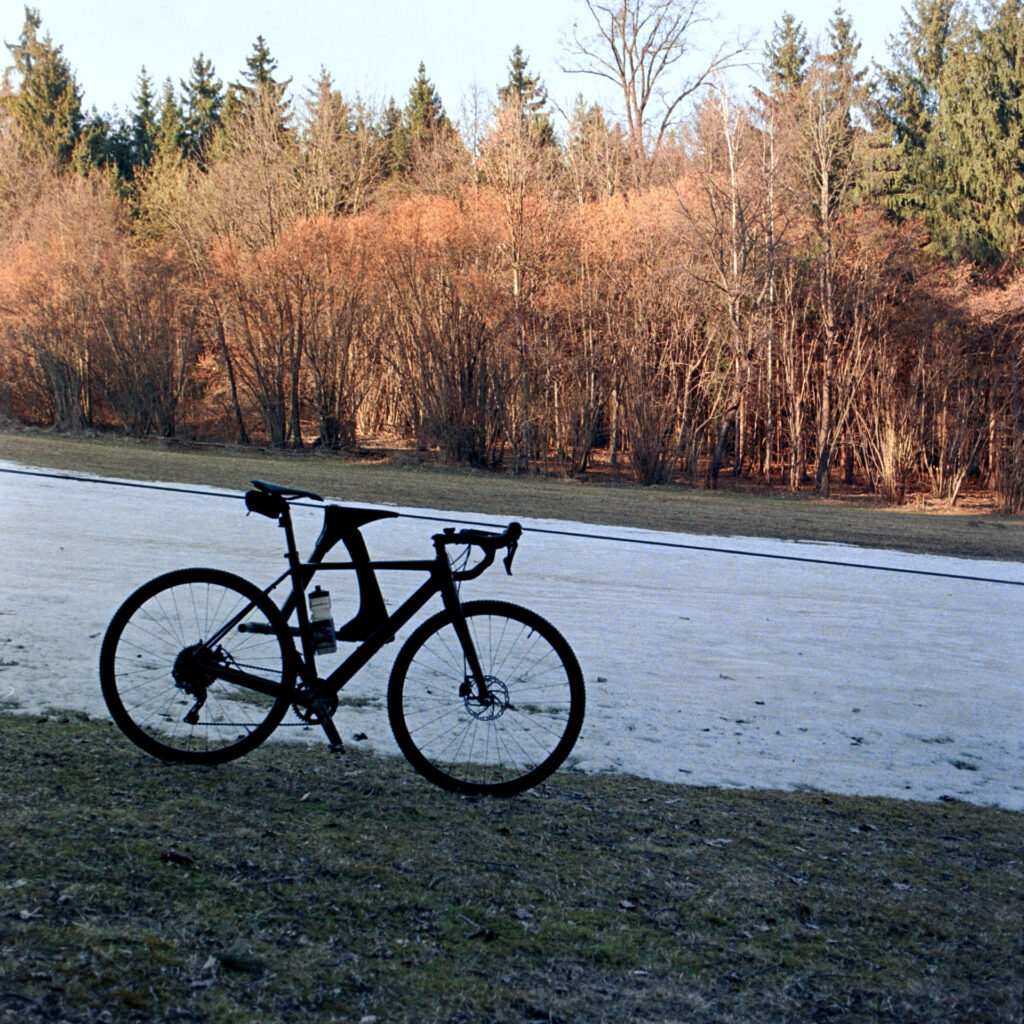
Lens
You can call me crazy but in these days I thought, what I really need is something between 28mm and 35mm, so I bought a Sony SAL 30mm/f2,8 macro lens and mounted the optics in an old manual focus housing. (forgot what it was) This setup made me really happy, and I shot the next 46 rolls of film with it.
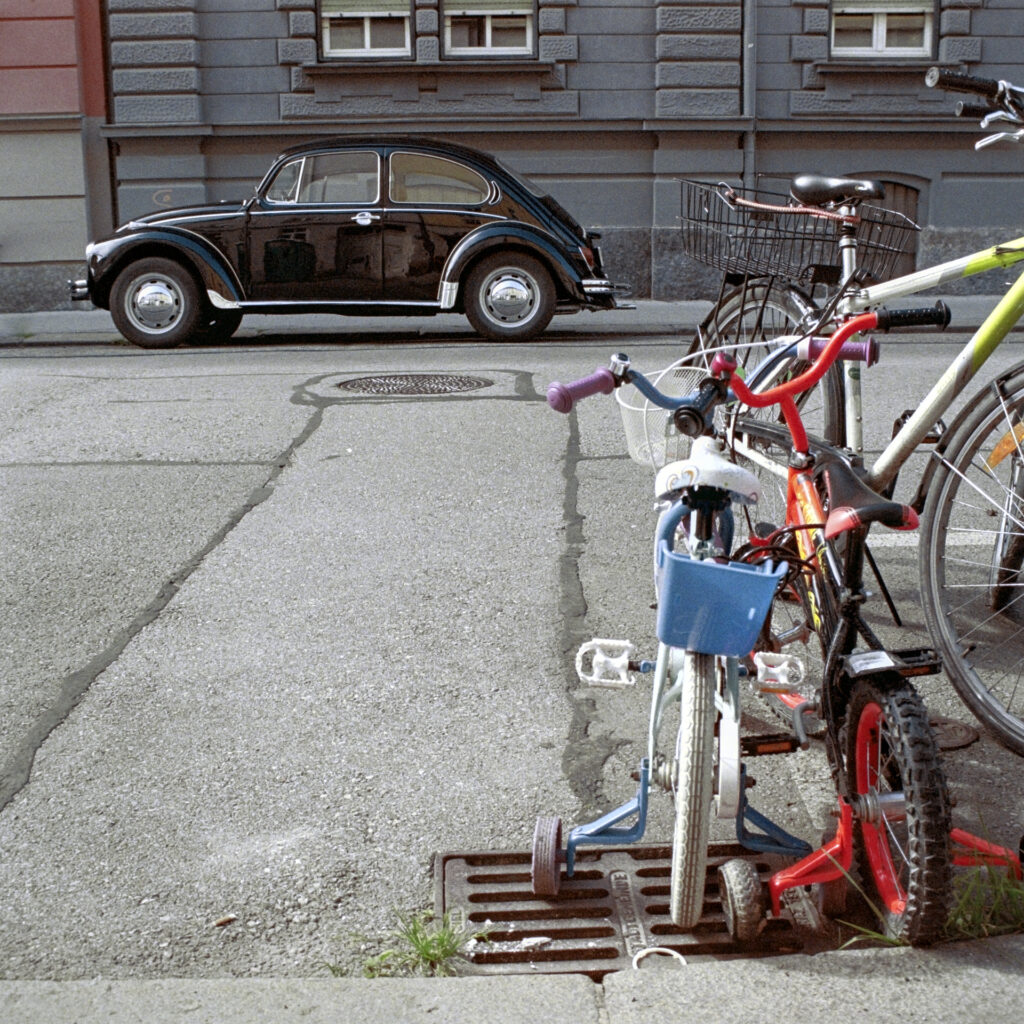
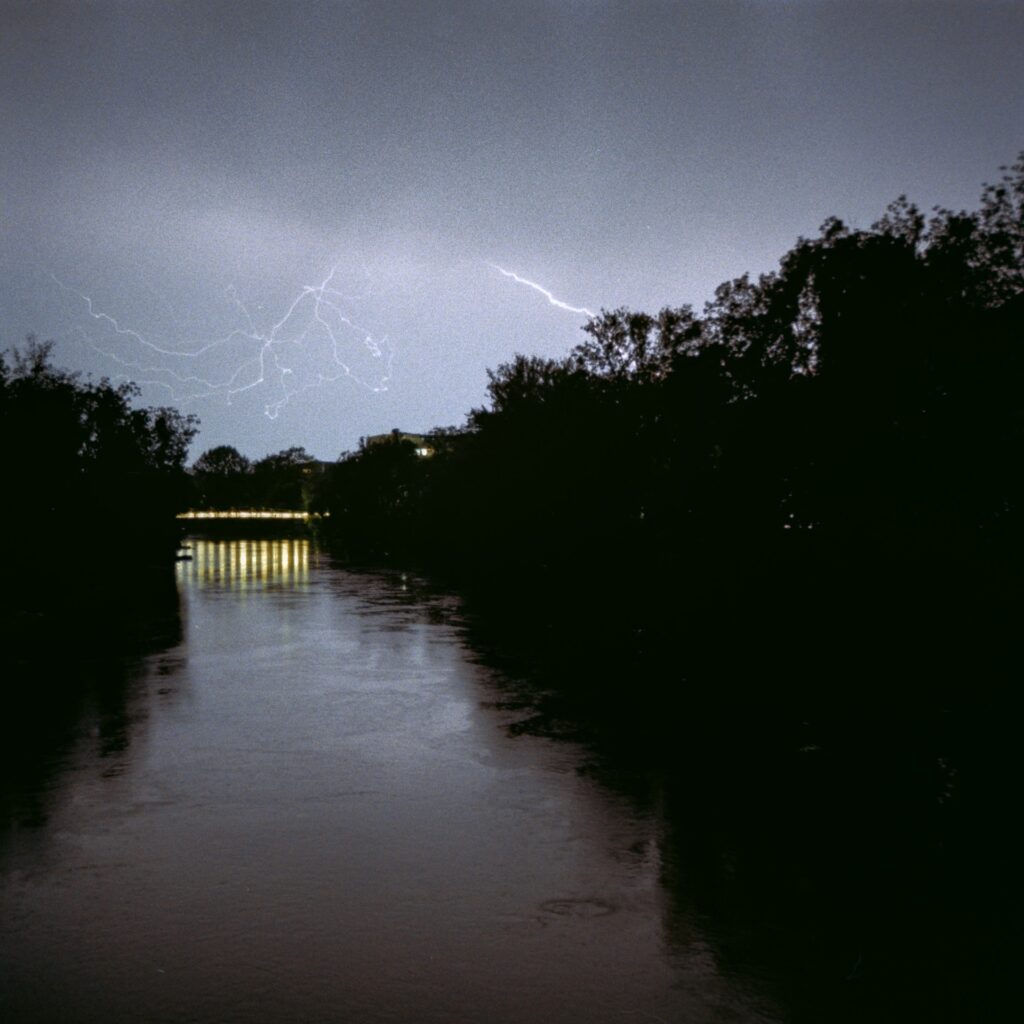
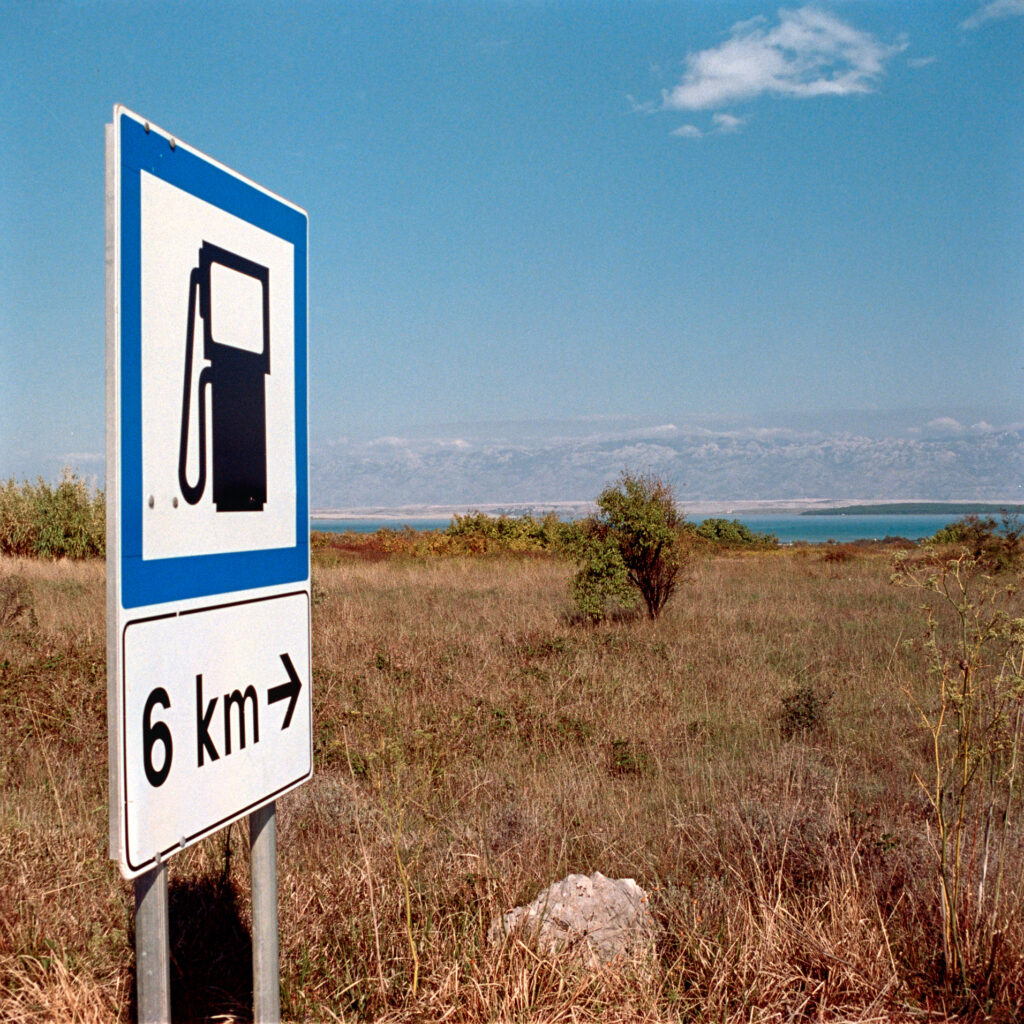
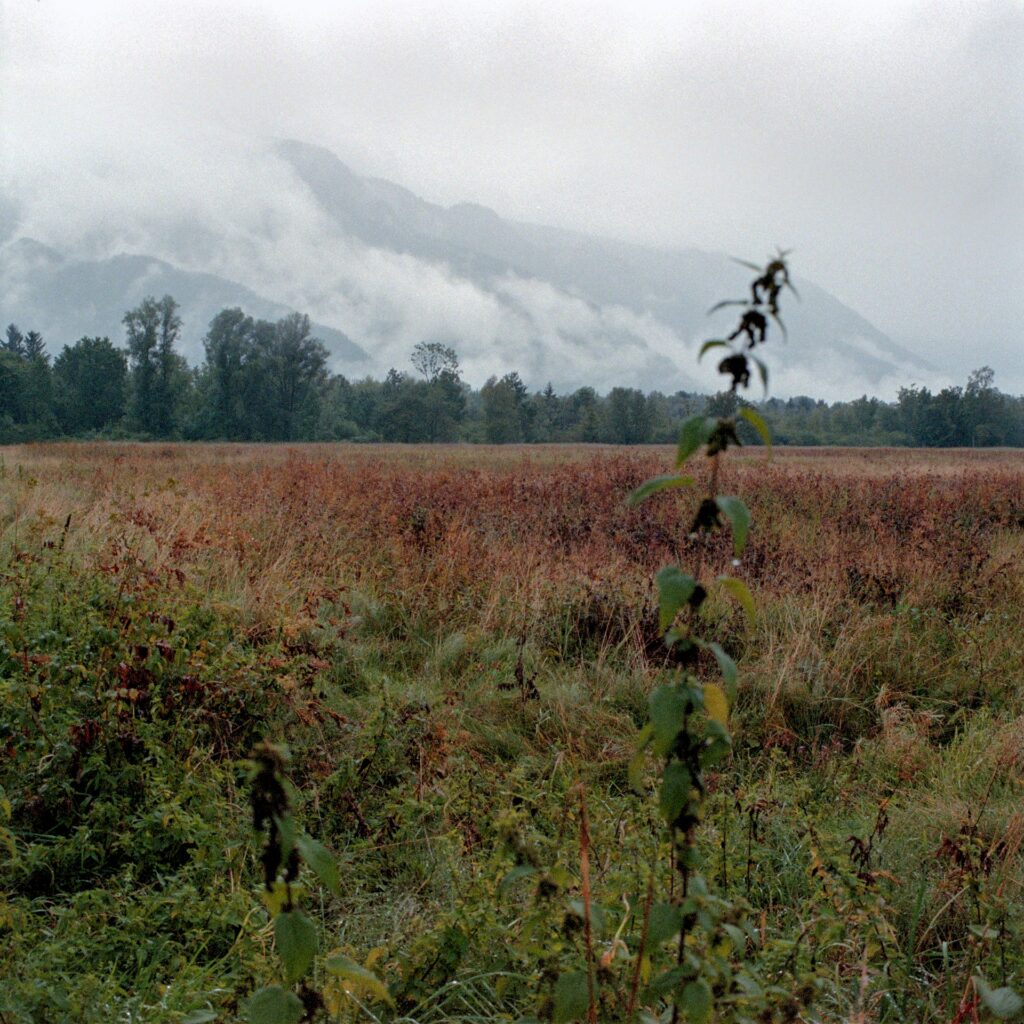
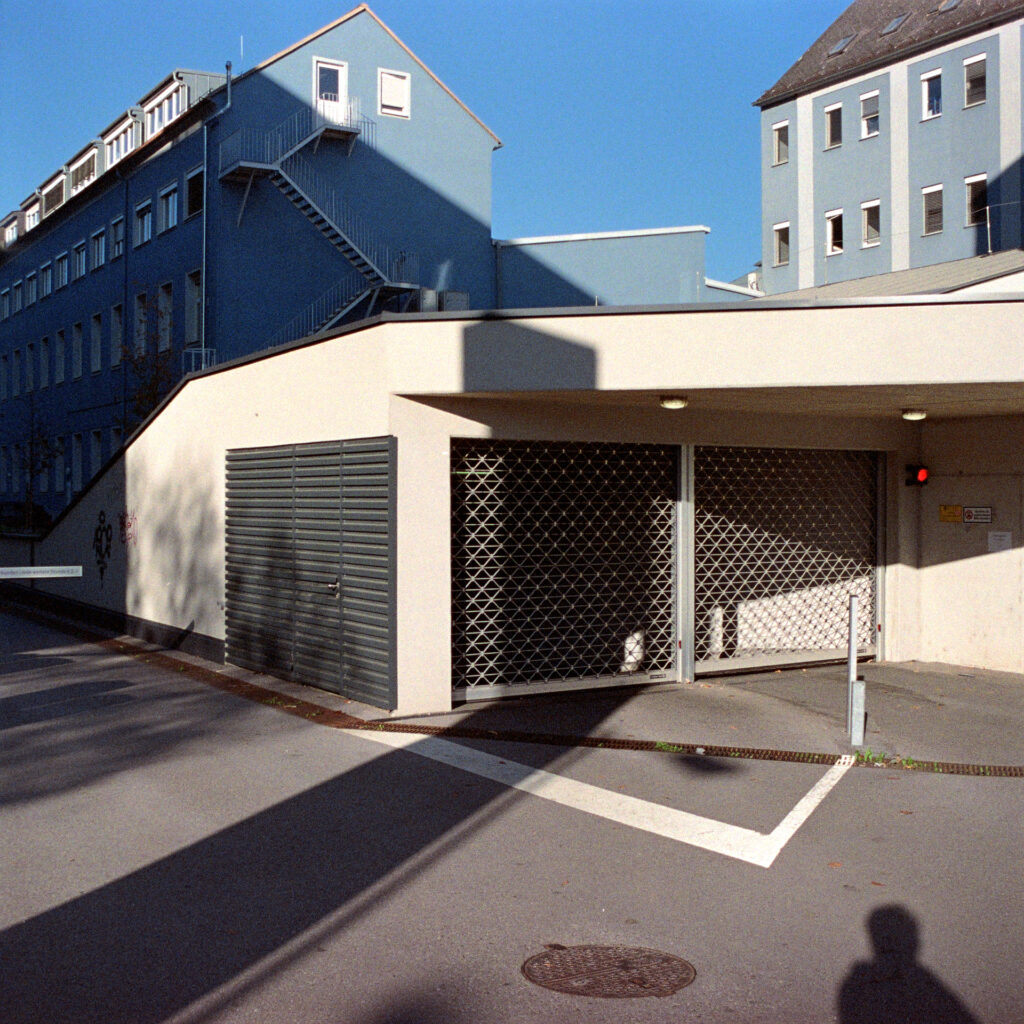
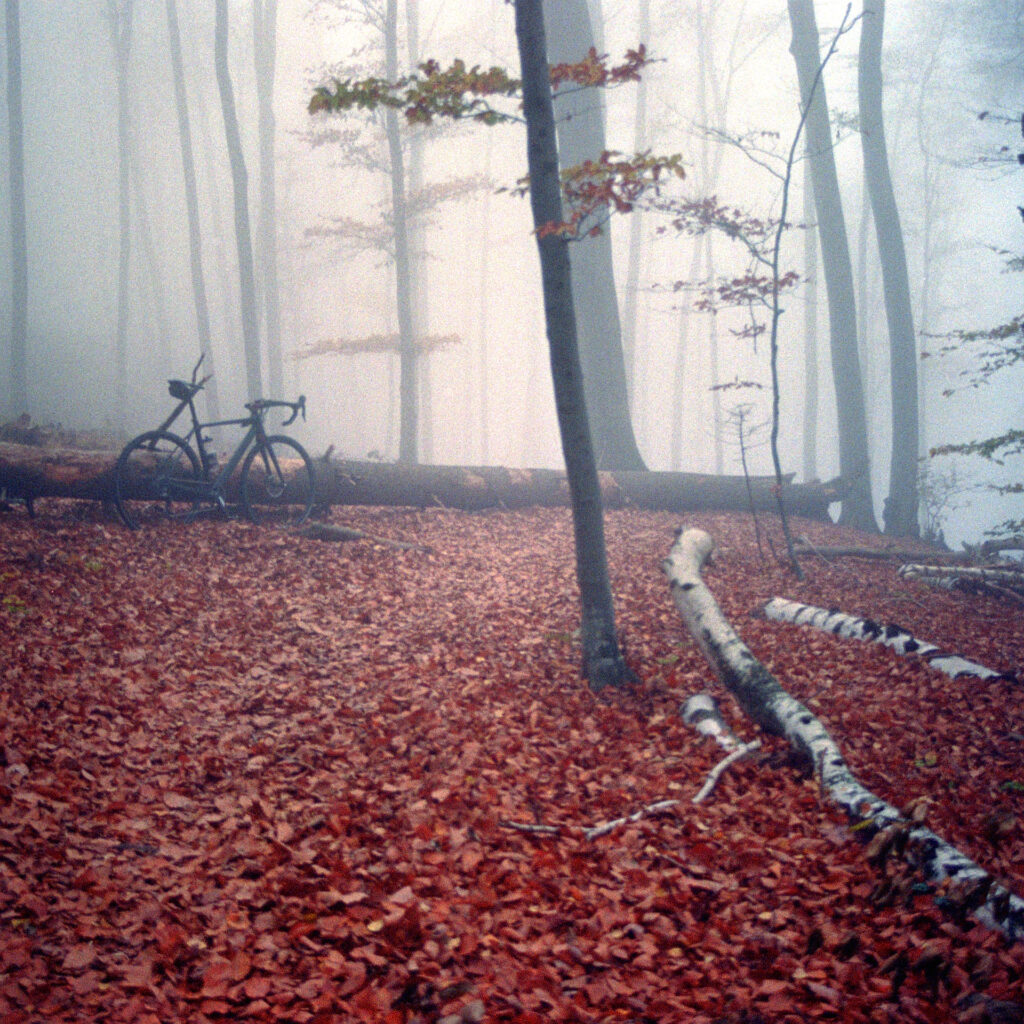
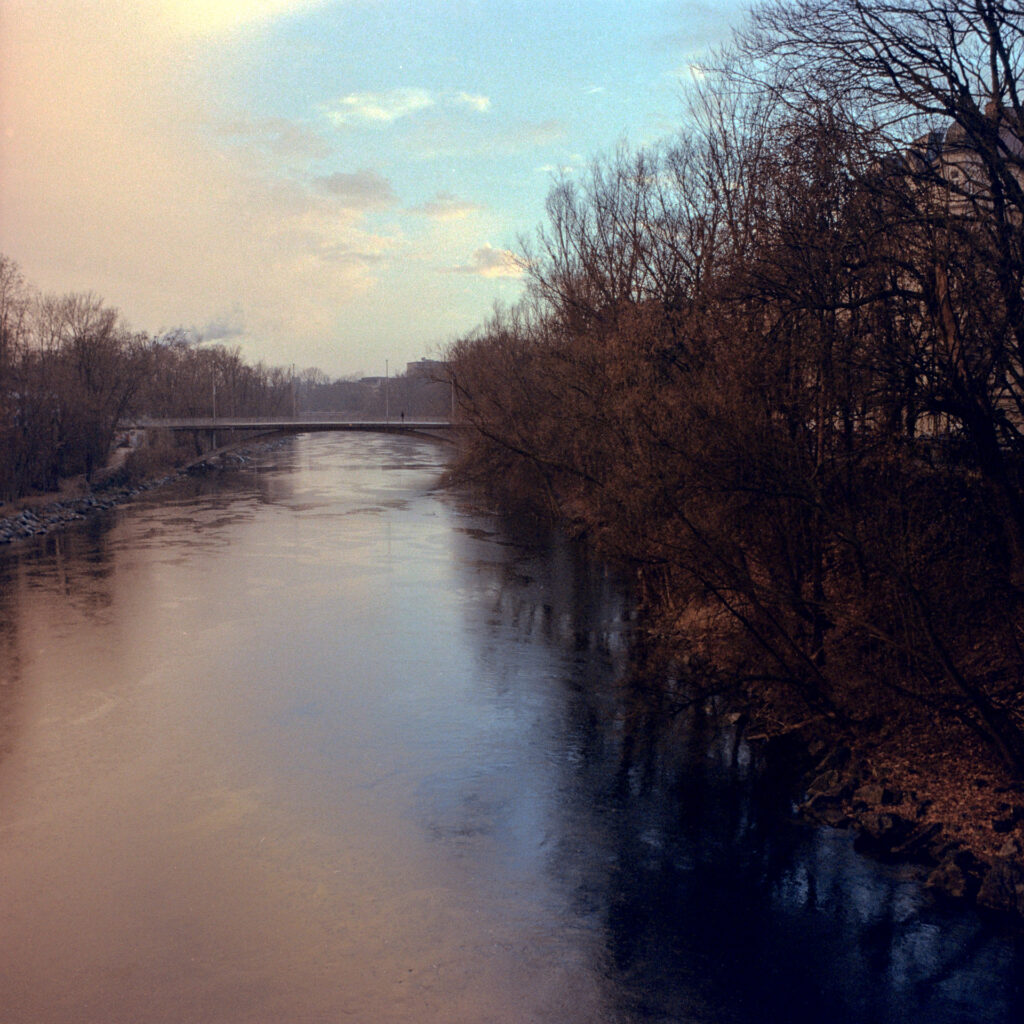
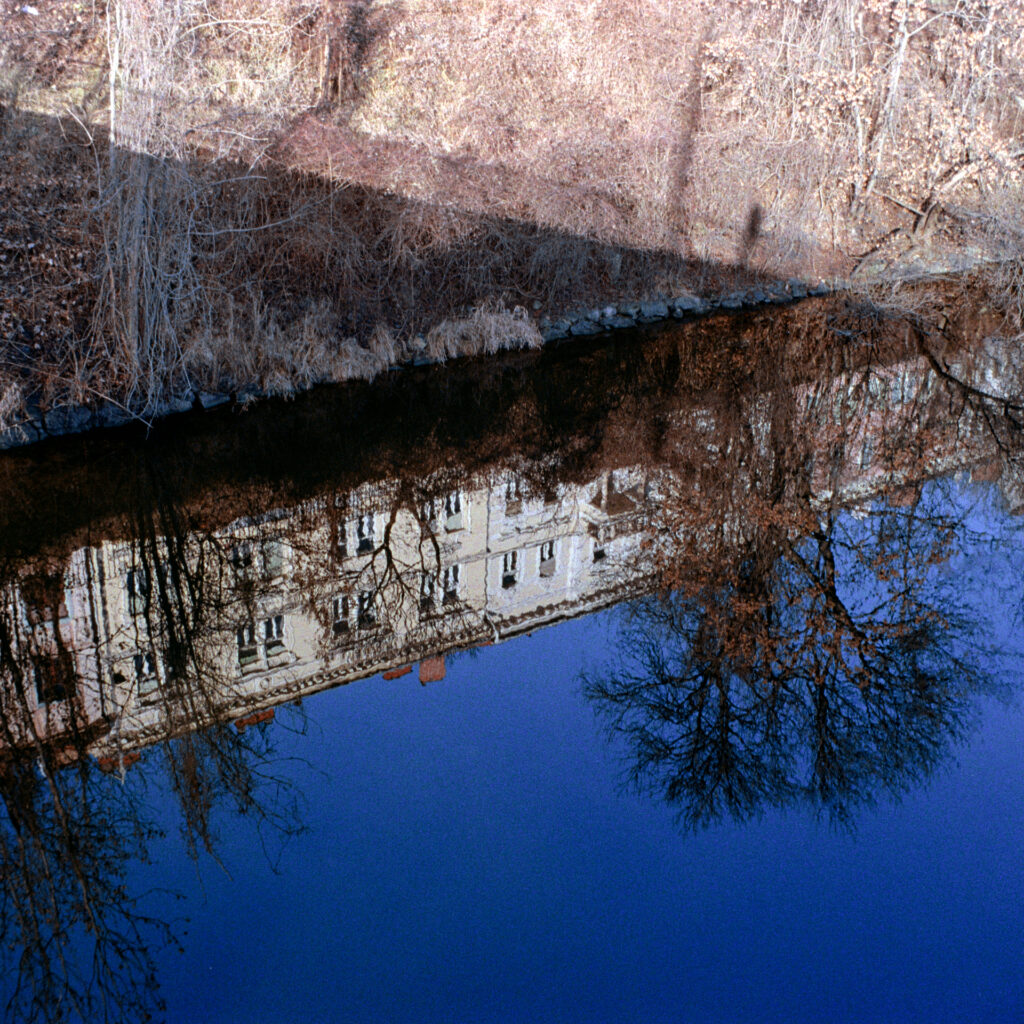

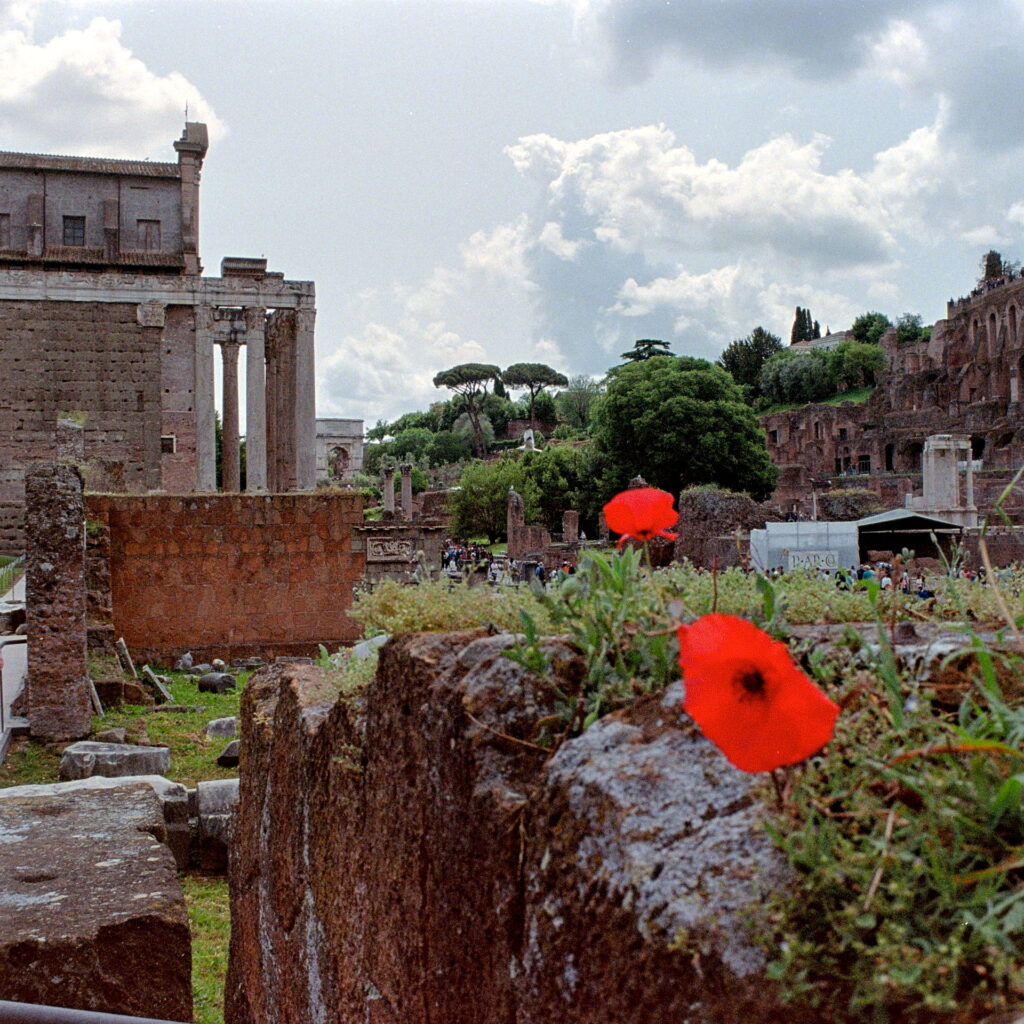
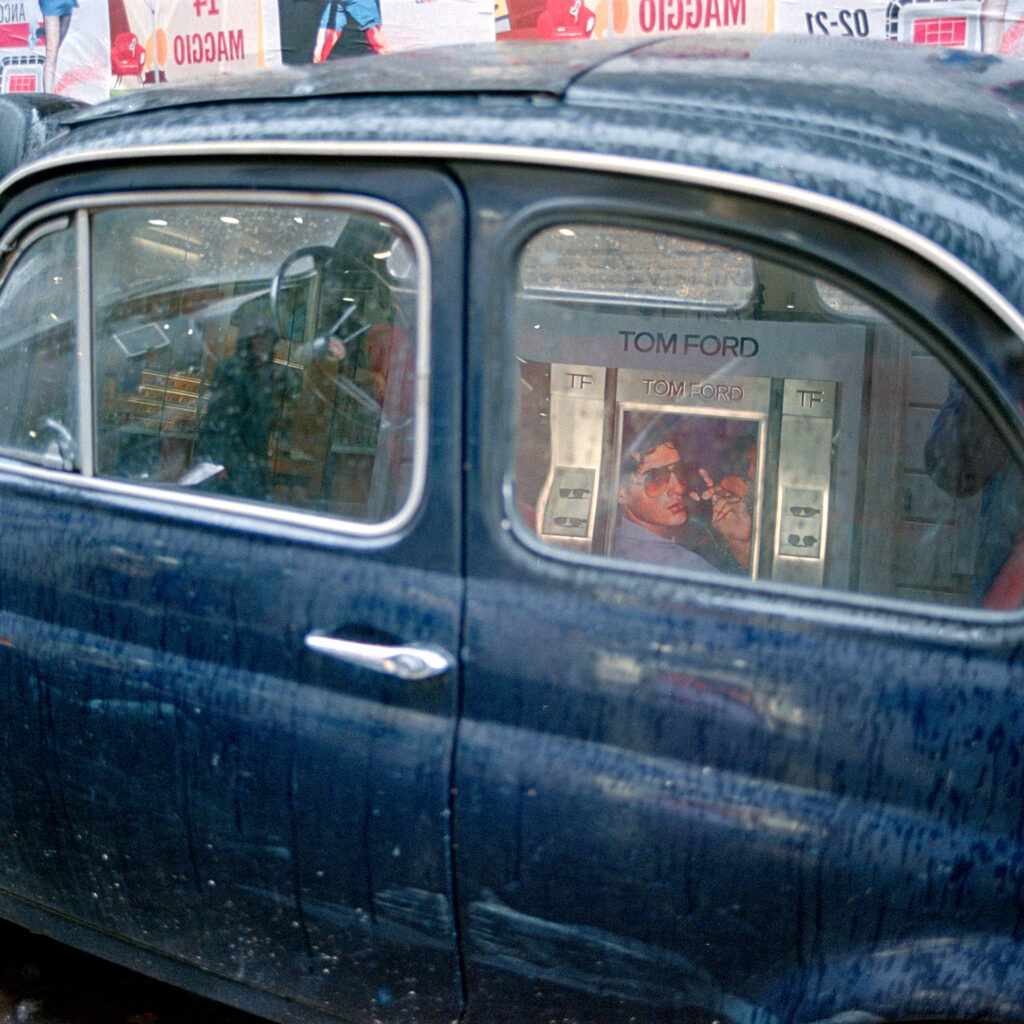
During that period of shooting 30mm, the GAS thing again made me search for a f2 or even faster lens. I went for a sigma 30mm f/1.4 that is a great lens, but it fails to cover 24x24mm because it is designed for APS-C.
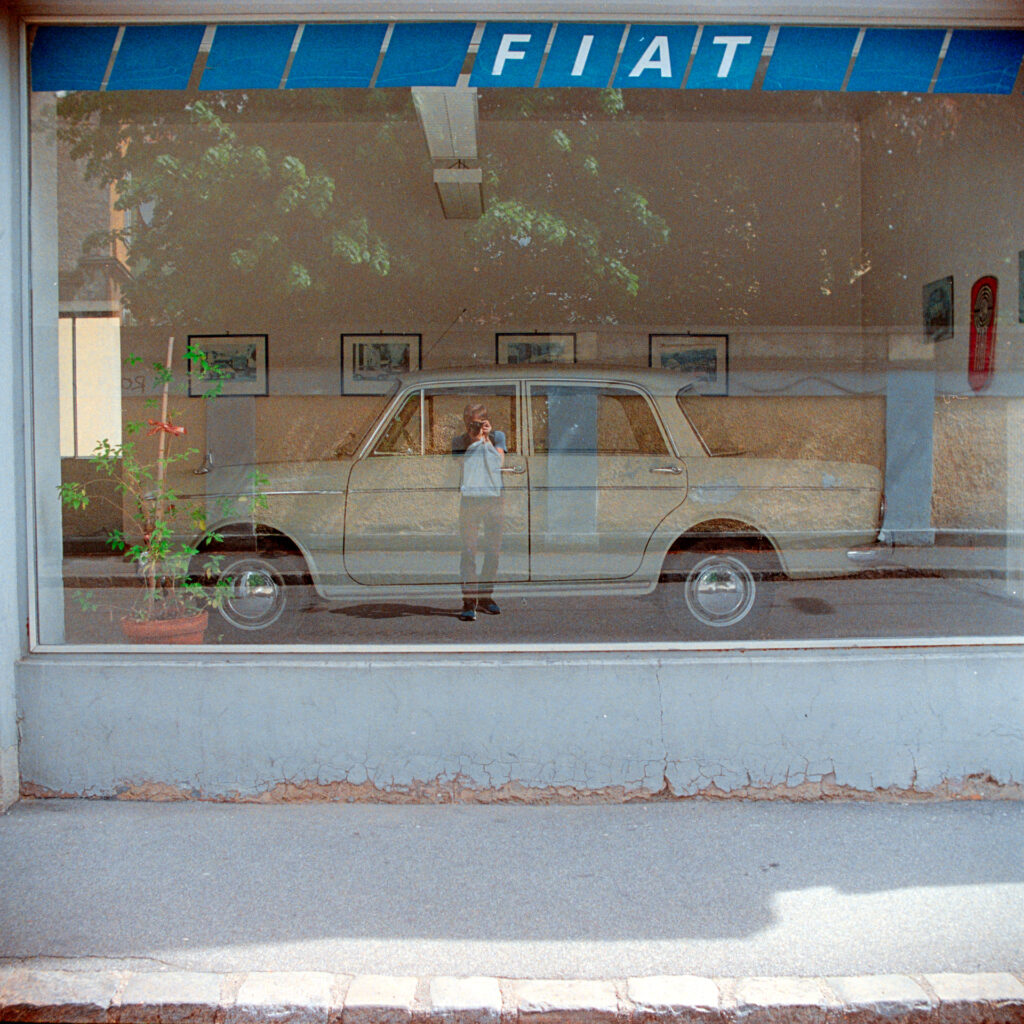
There has also been a Canon EF 28mm f1,8 that I did not really like for no exact reason except maybe the lack of sharpness. The keeper of this search was a Nikon AIS 28mm f2,0 which is great, and it can also do some macro work.
The Nikon is not a huge lens but it kind of doubles the weight of the camera. More than 800g for that combi Pentax ME and Nikon AIS 28mm f/2.
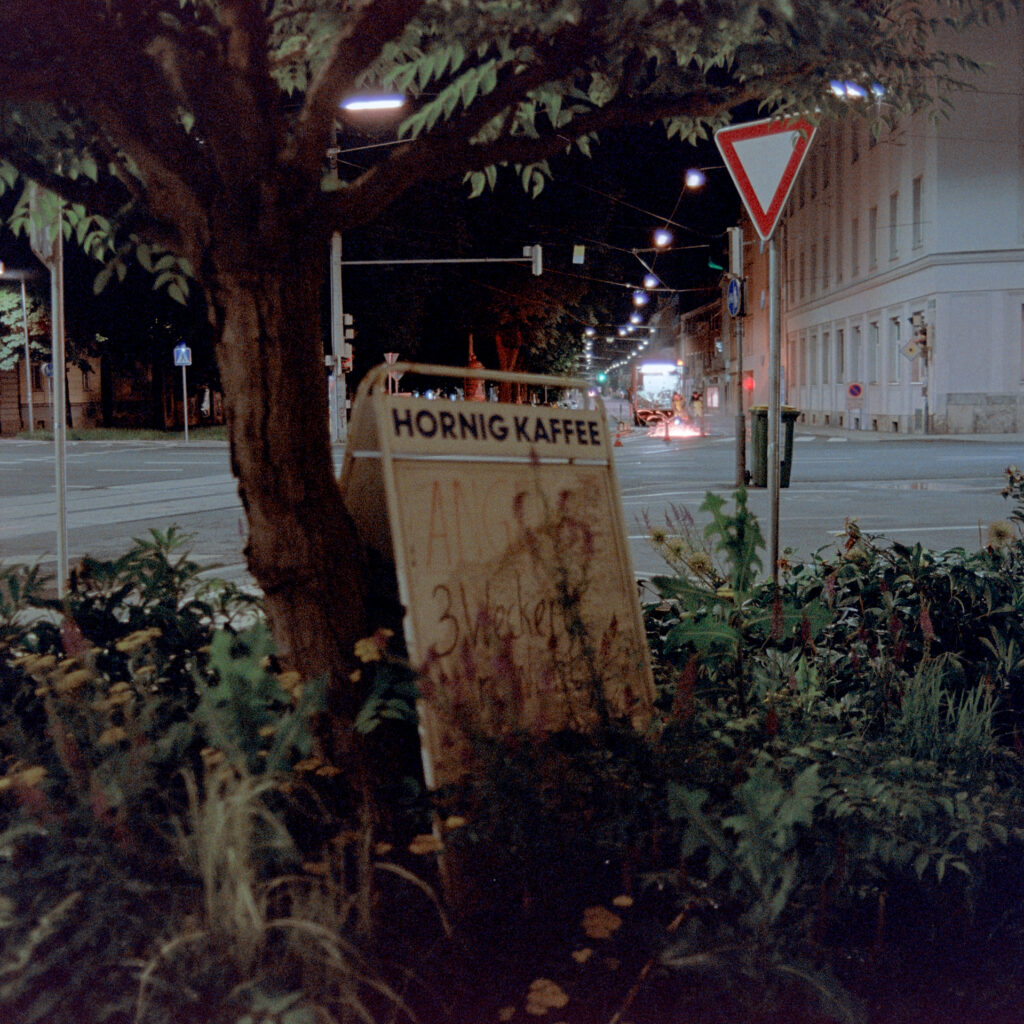
And this weight takes me to a next step. Again a wish for a new improved camera had taken place in my head: A square shooting camera that is really lightweight.
This camera, I decided, should also be also a Pentax ME because I already knew a lot about it. But I had to get rid of the mirror box for seriously loosing weight – and getting a very short flange focal distance. My goal was to use some of the new designed and small “mirrorless” lenses like Canon RF or Nikon Z. So I started creating a simple viewfinder camera with a “short” M42 mount.
The next weeks were filled with engineering of major questions and lots of details. Can the shutter work without the mirror? Yes it can. What is the minimum flange focal distance? 24.8 mm (LTM minus 4mm) Which viewfinder? Ricoh GR1 finder (I had a broken GR1 waiting for something…) What kind of electronic metering can feed the electronic shutter?
Really, I am wonderingly about the amount of motivation that got me working through all these steps. Here are some docu shots taken with the Nikon 28:
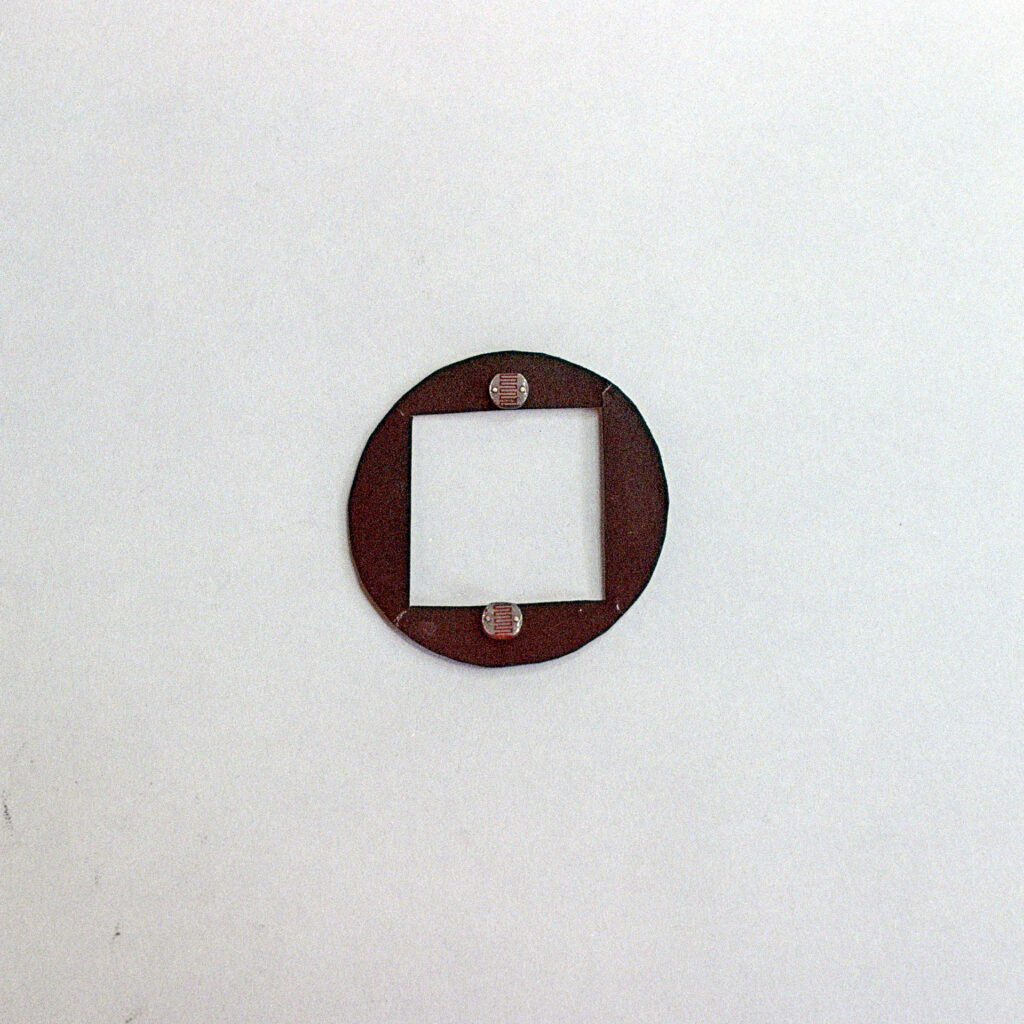
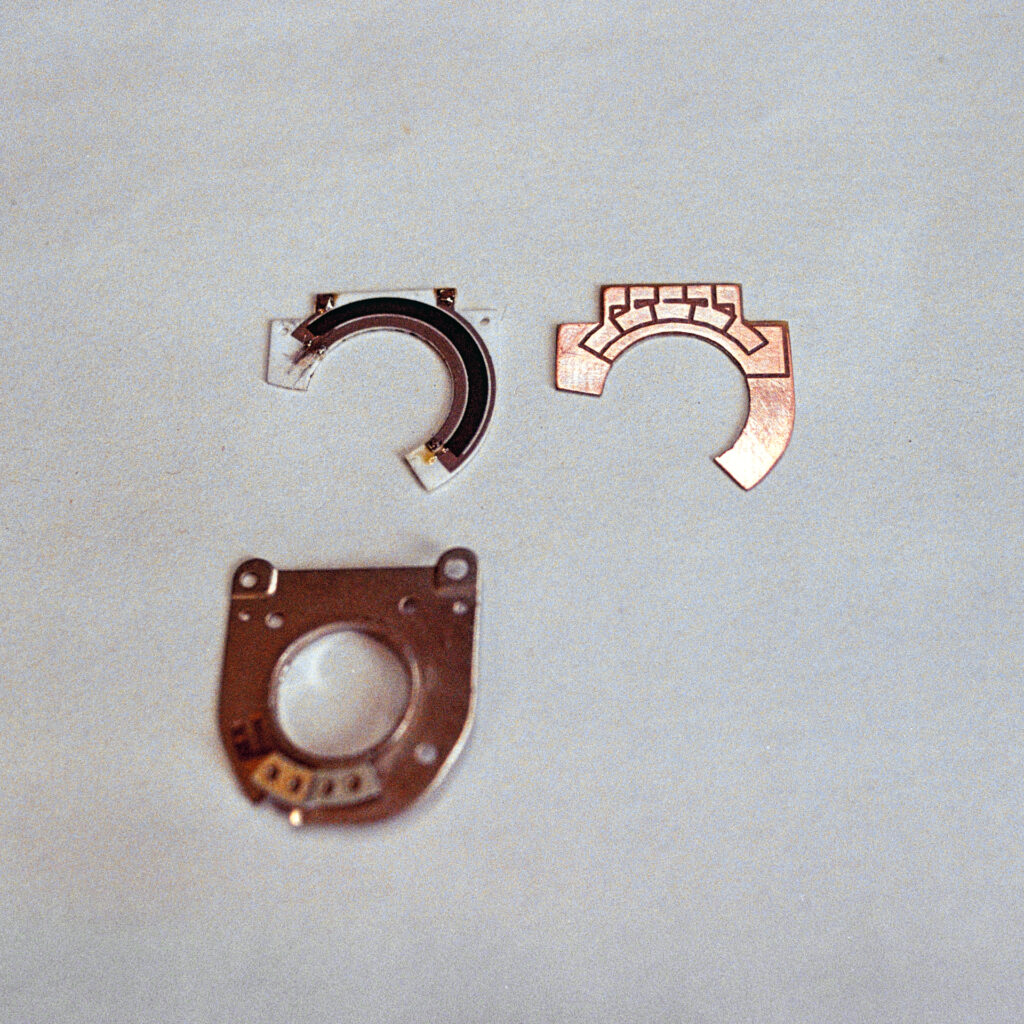
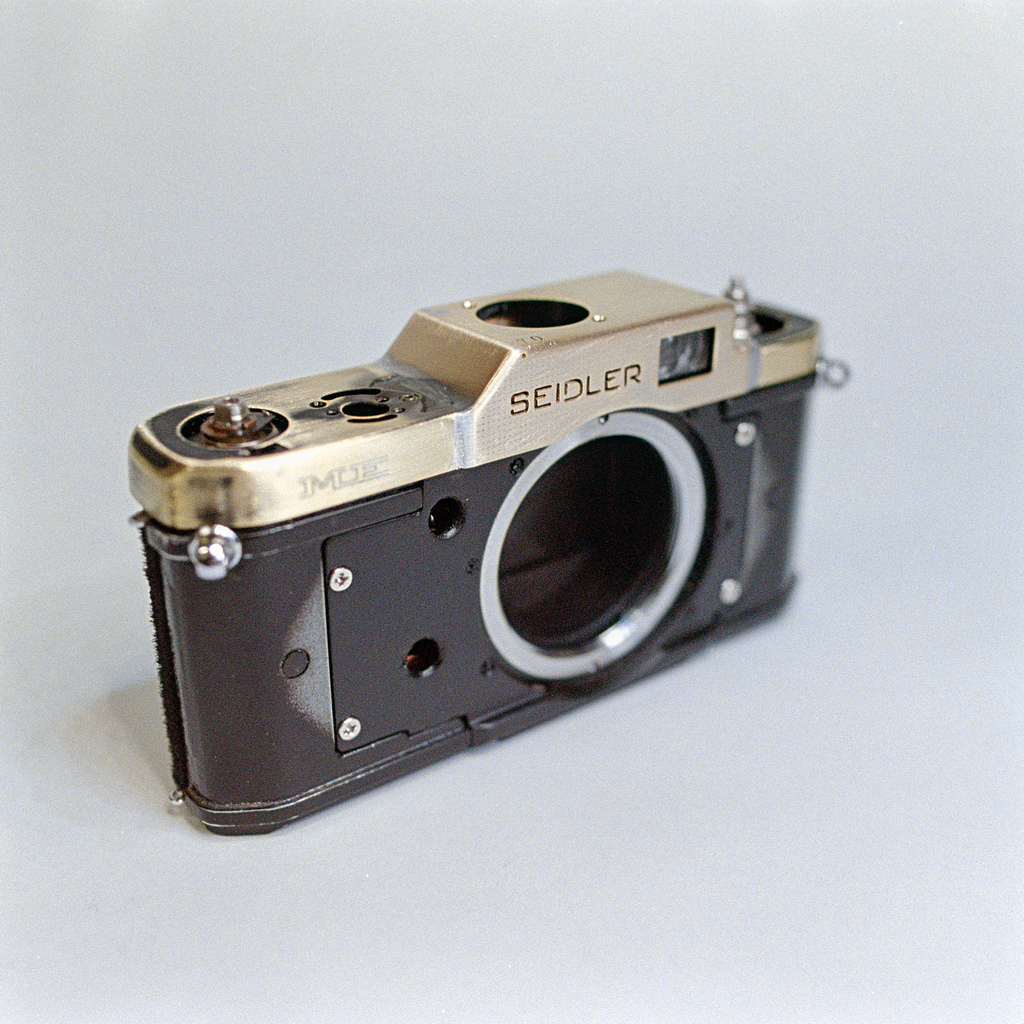
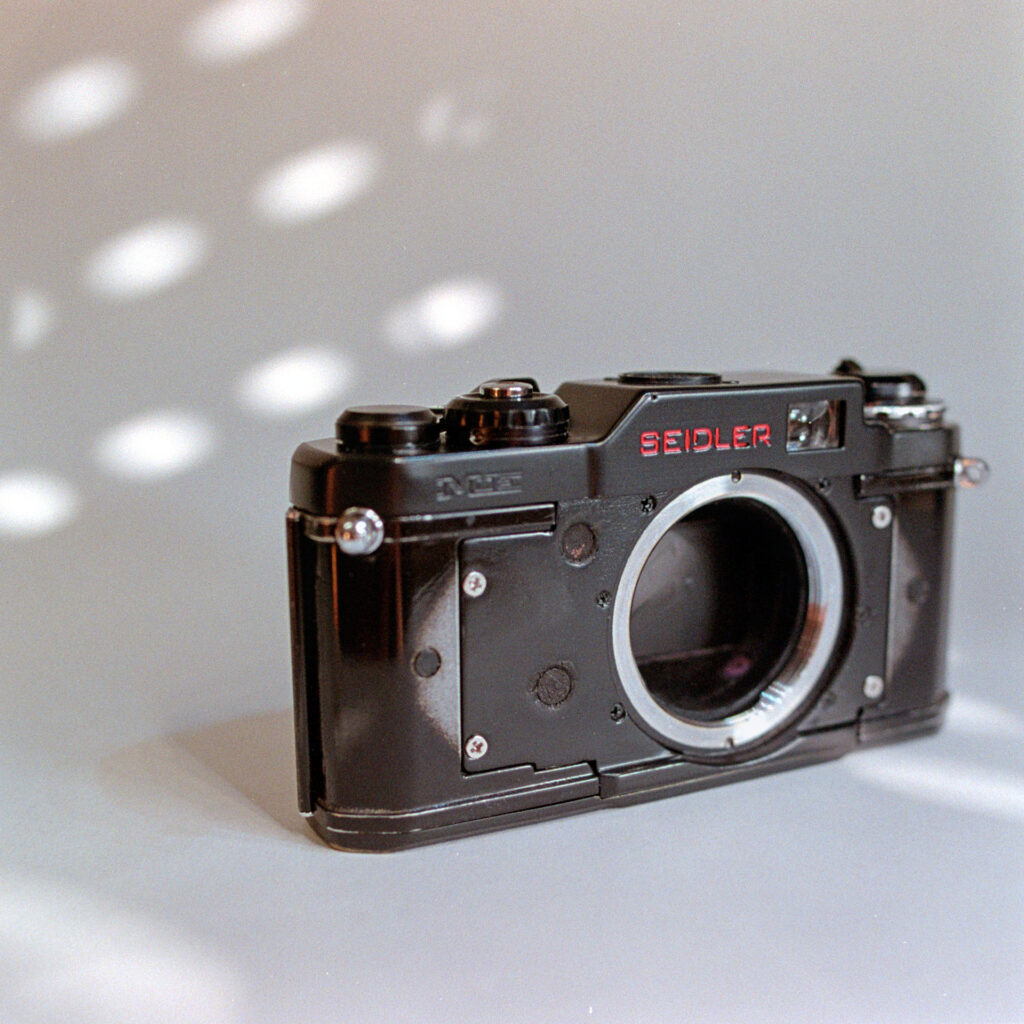
The result was good so far. After fixing some light leaks and fine adjusting the film plane, the camera was ready for shooting. At this point I had no lens, but I had the broken GR1. I fitted the optical elements into an Industar 69 housing with M39 thread, so that the flange distance is 28,8mm like LTM – and with a 4mm M39 to M42 adapter I was able to shoot the first frames with the camera I share my family name with.
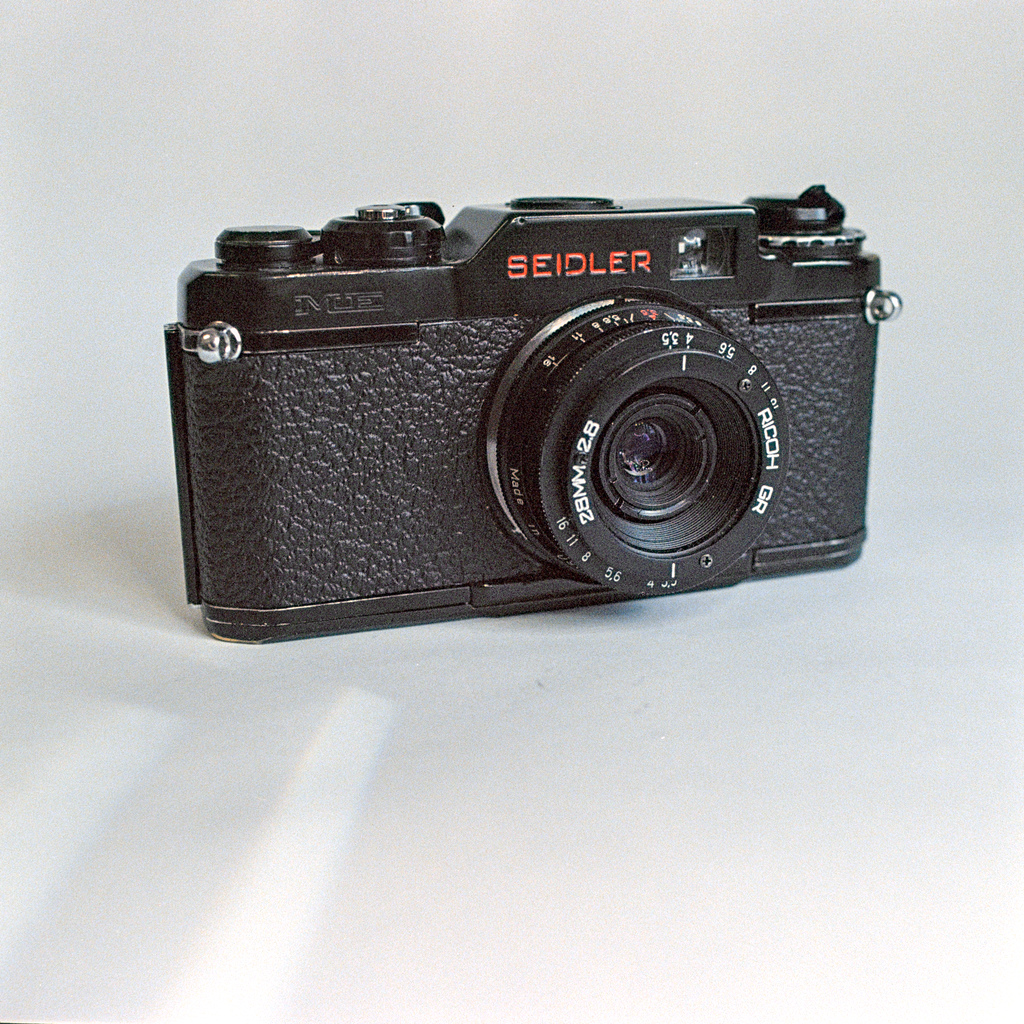
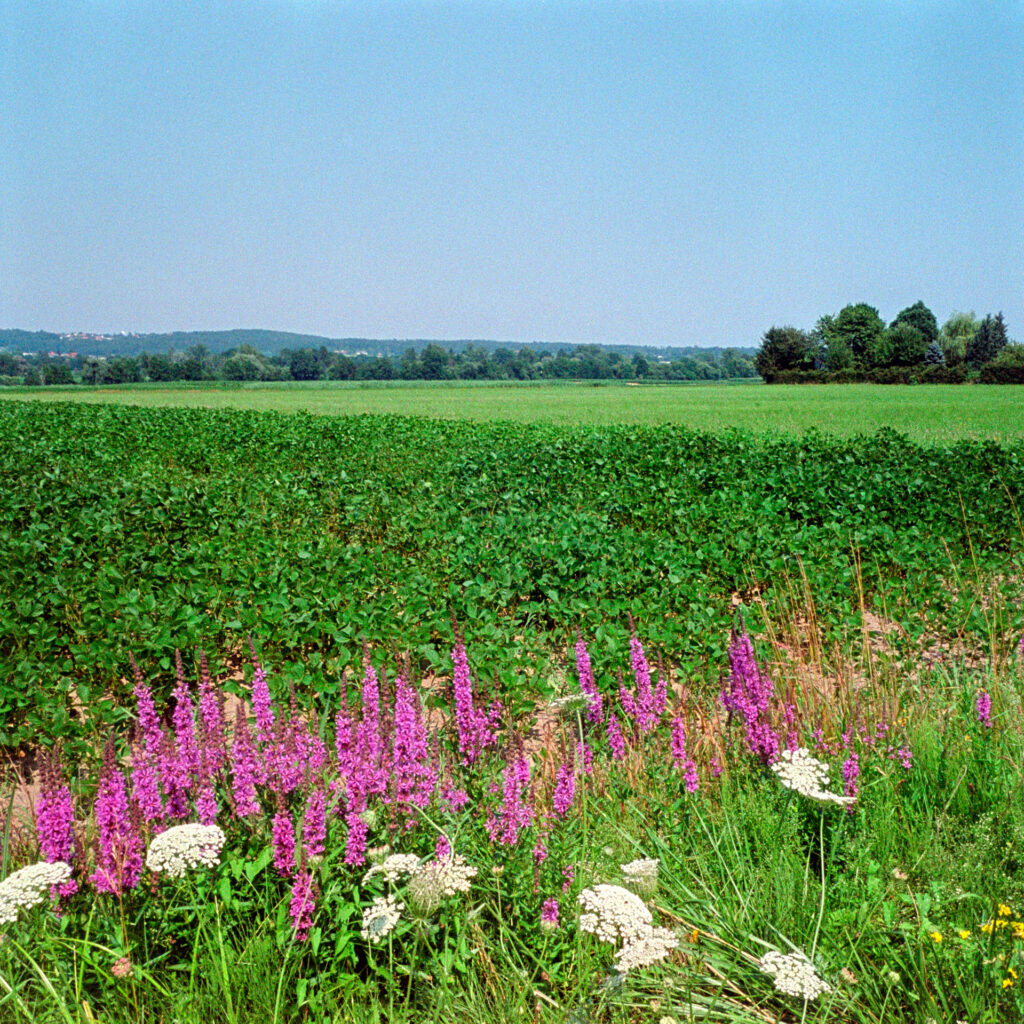
Still one step is missing to the current setting. Earlier I wrote about my interest for the new designed lenses for mirrorless systems. The Canon RF 28/2.8 was my favorite. What a rear lens! (acryl) As I could prove later, this lens is SHARP wide open. Here are some docu pics again:
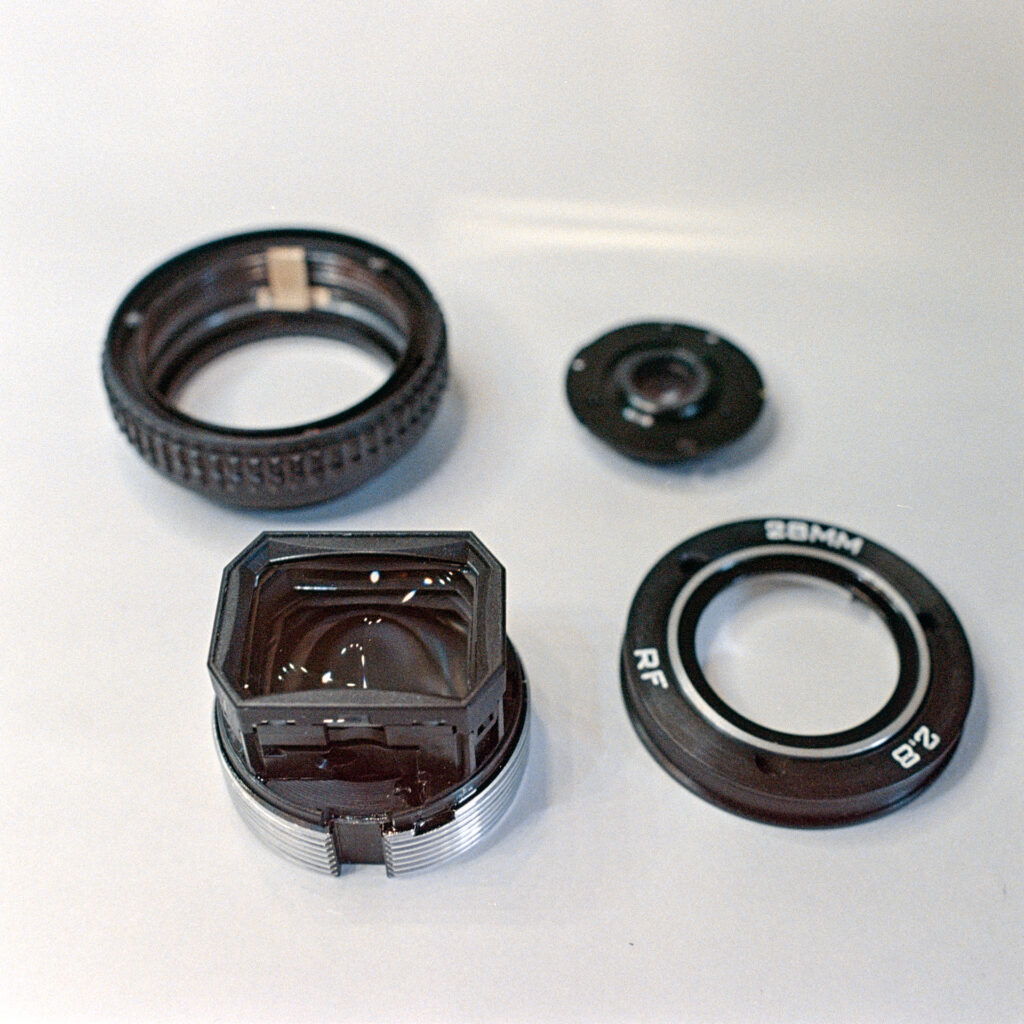
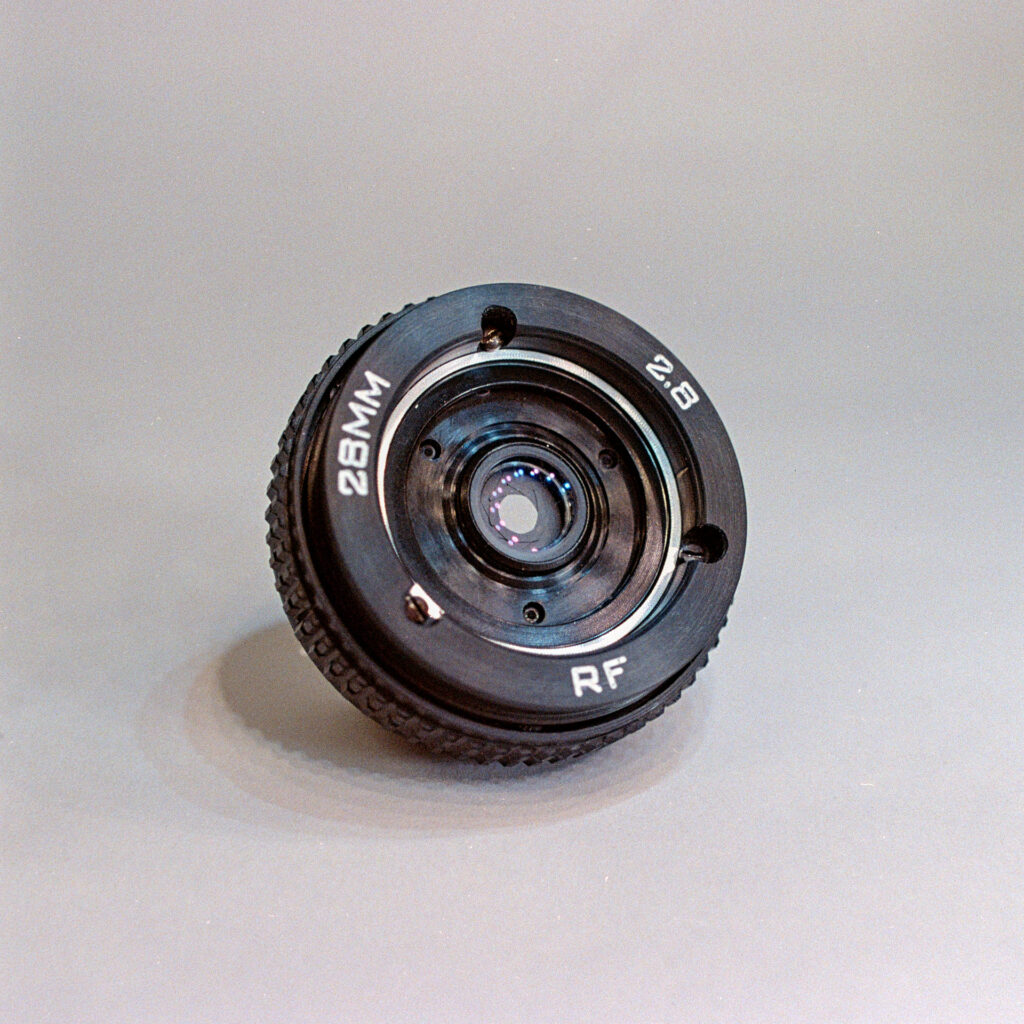
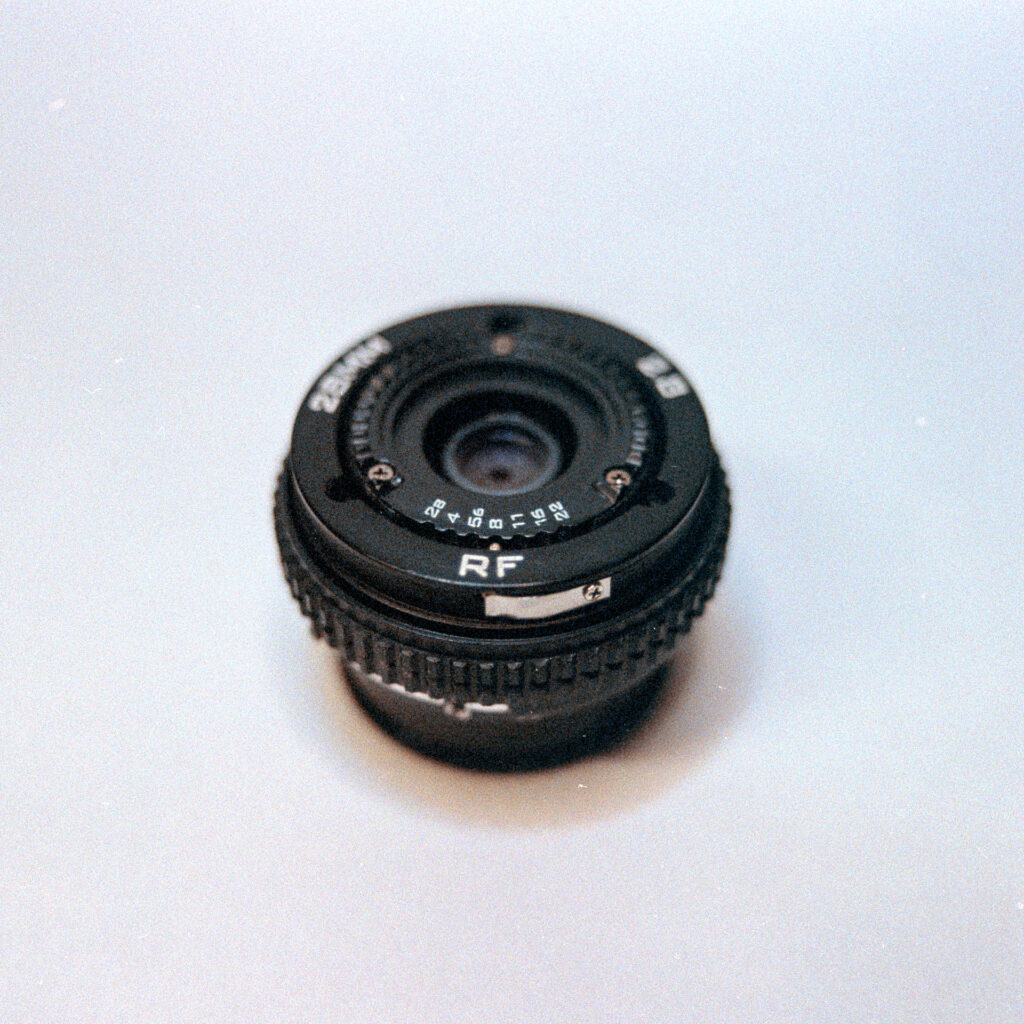
So after all the building and thinking – her are some shots with the canon RF 28 lens:
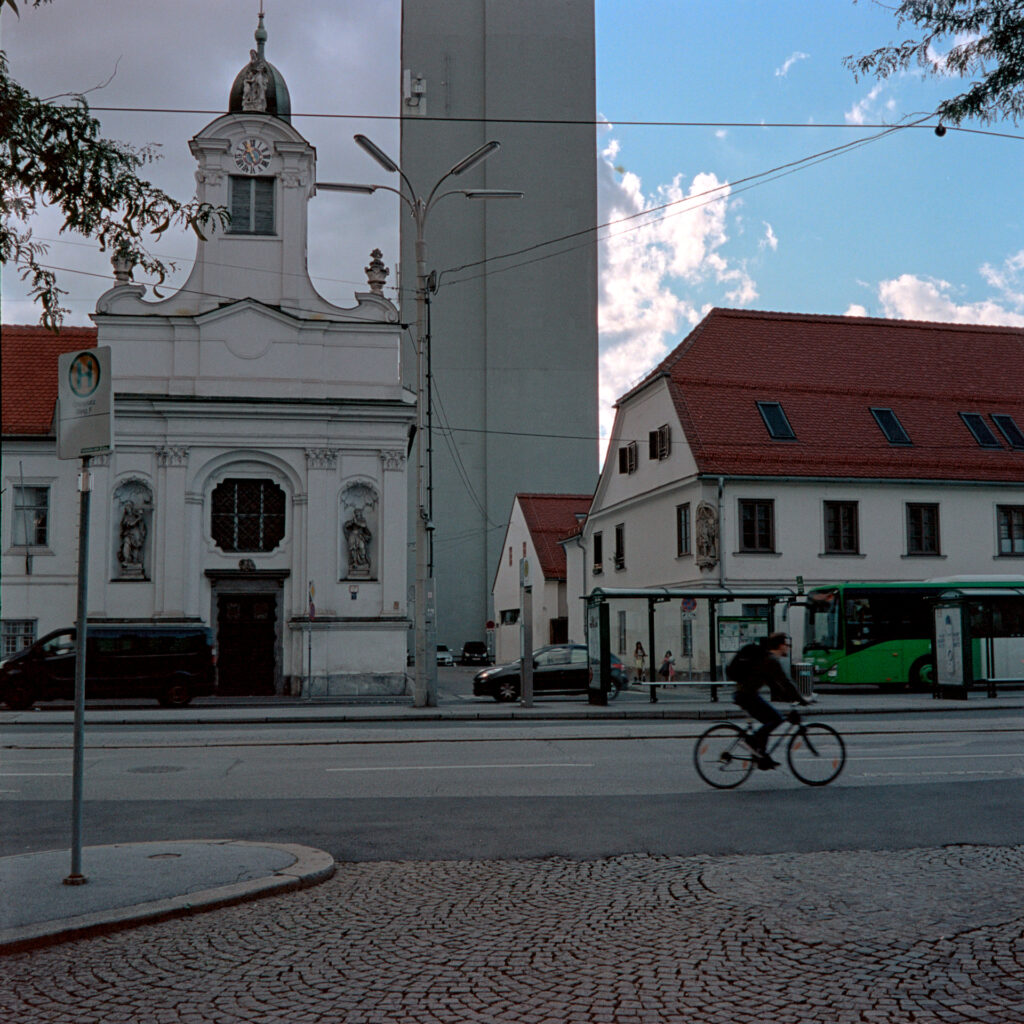
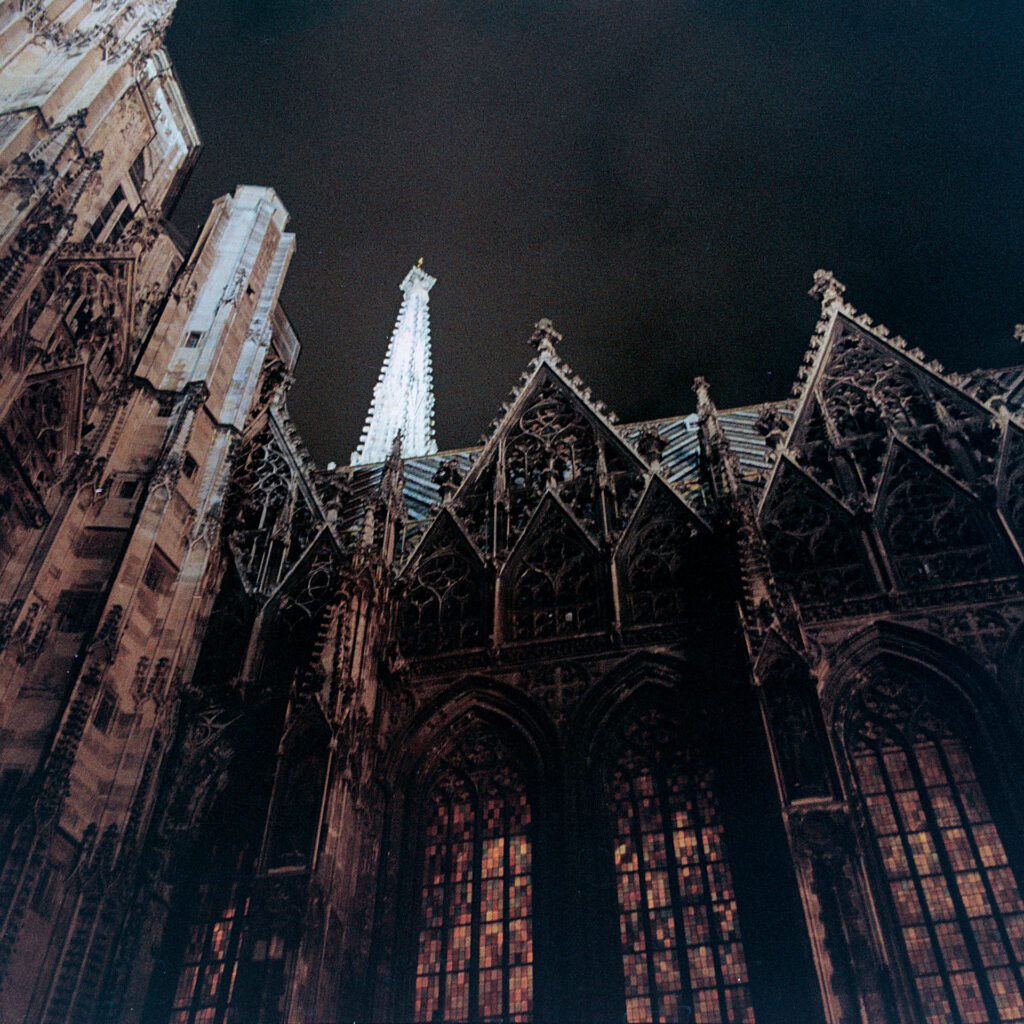
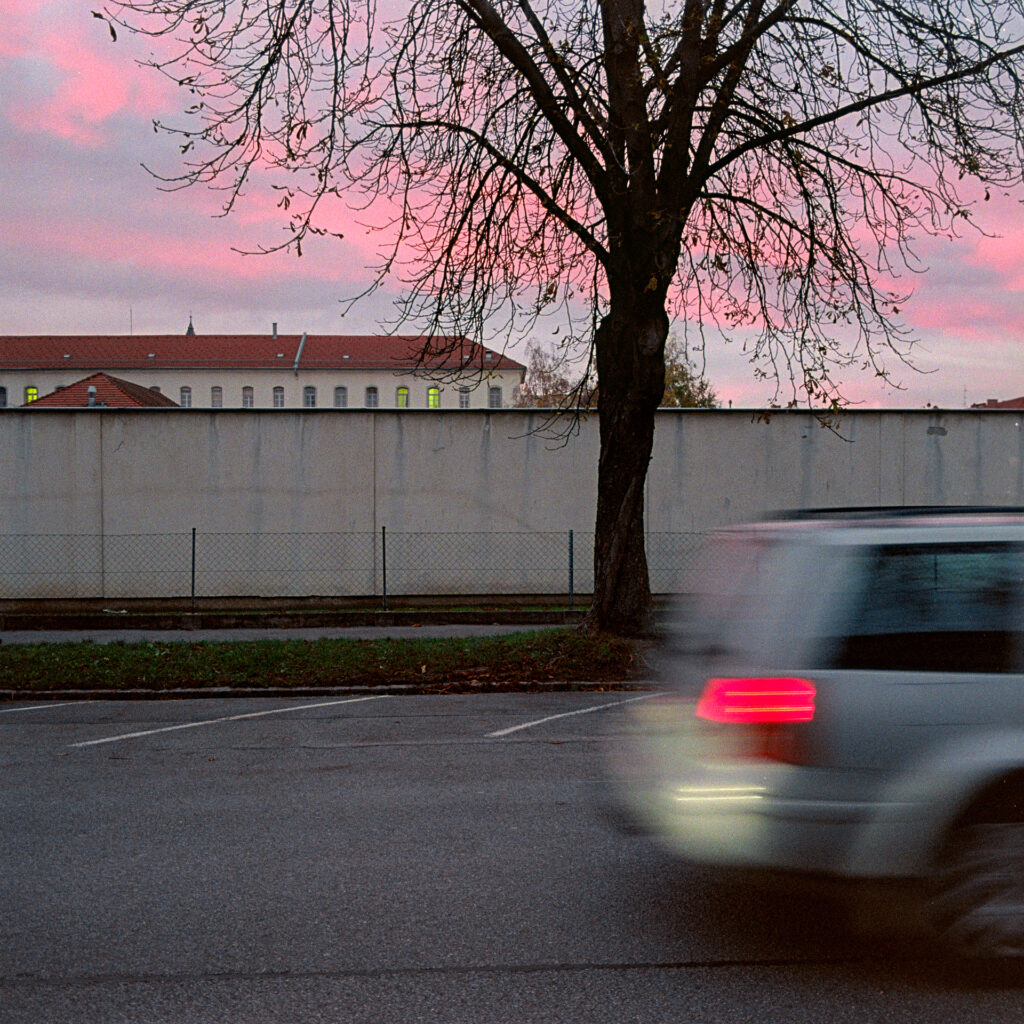
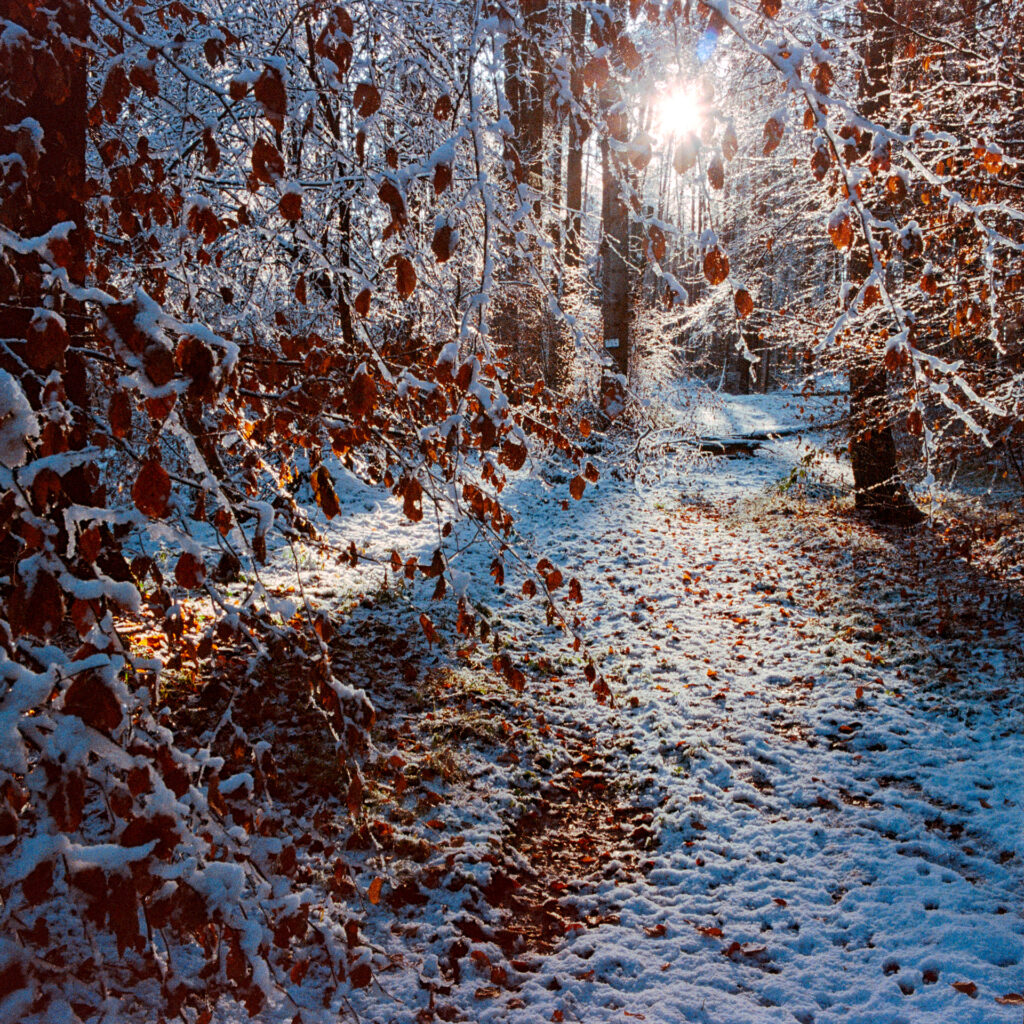
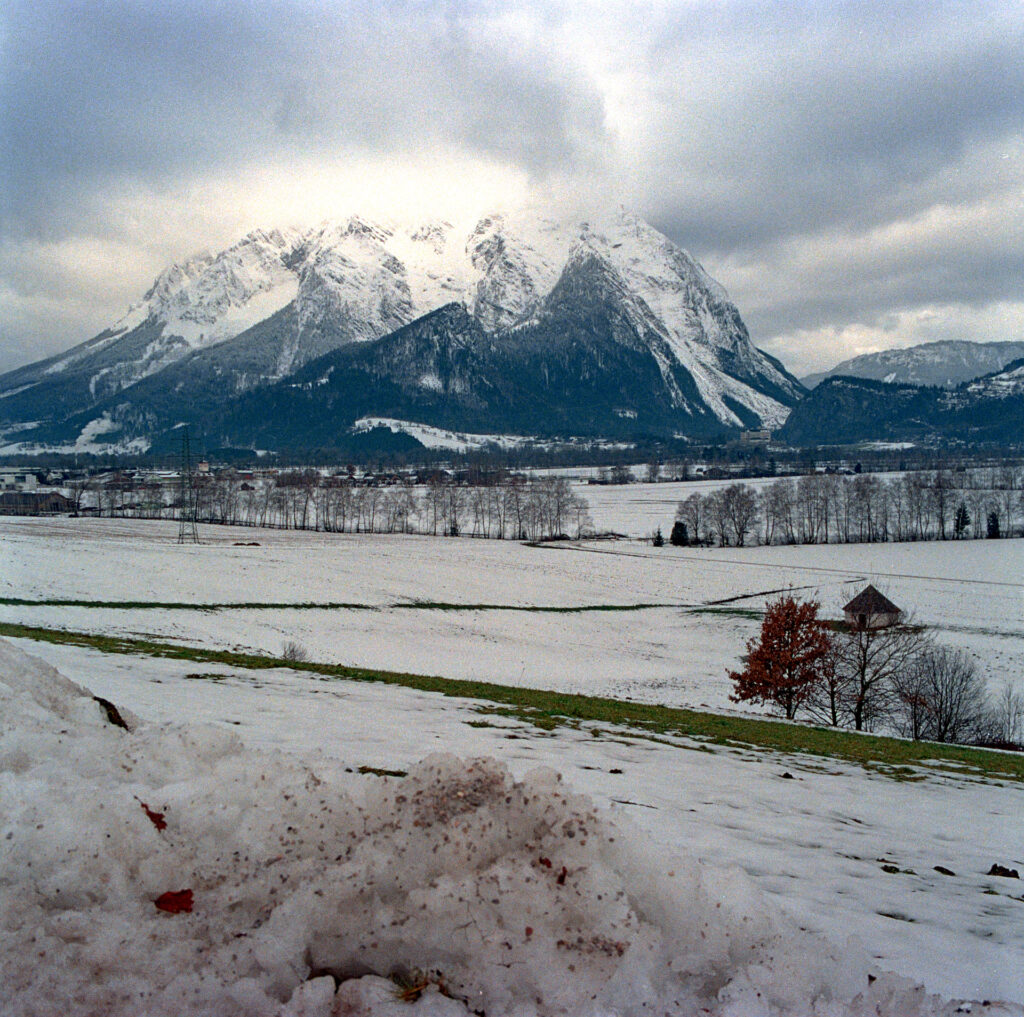
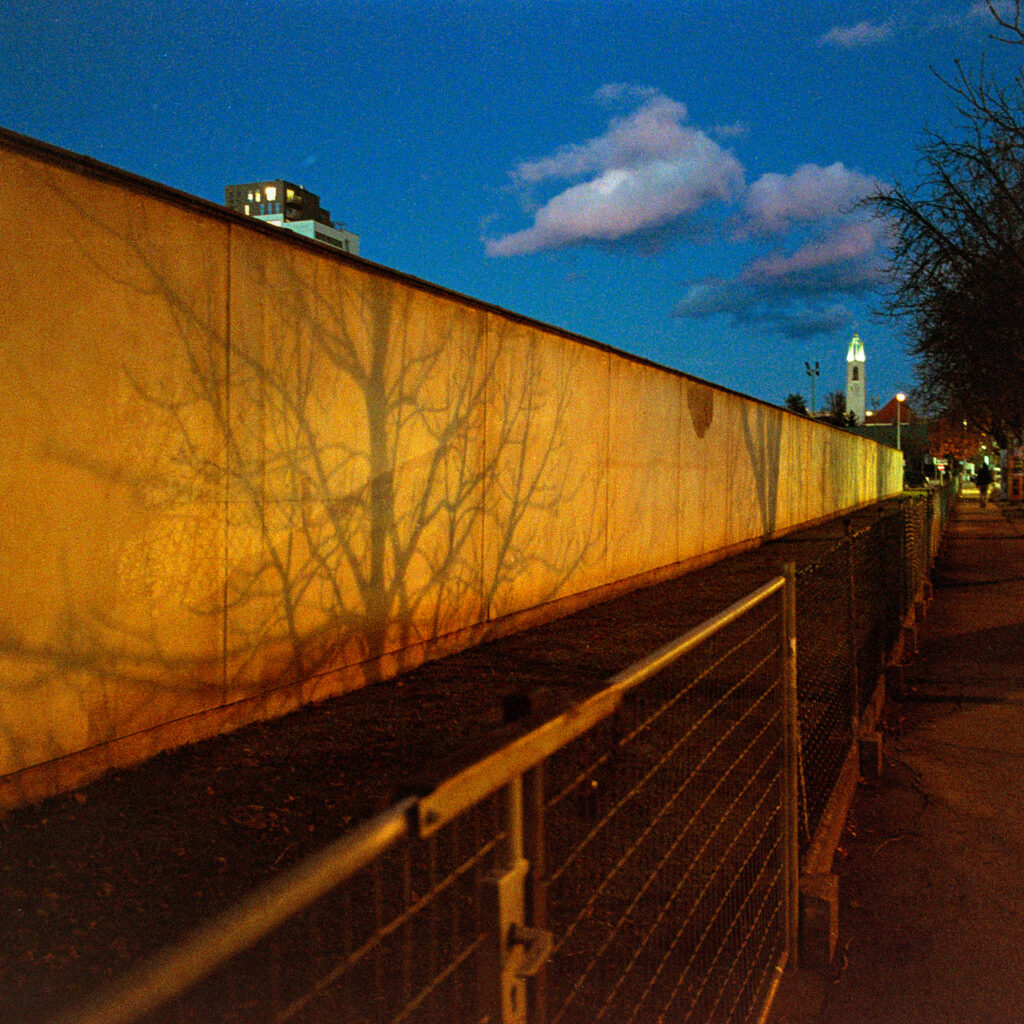
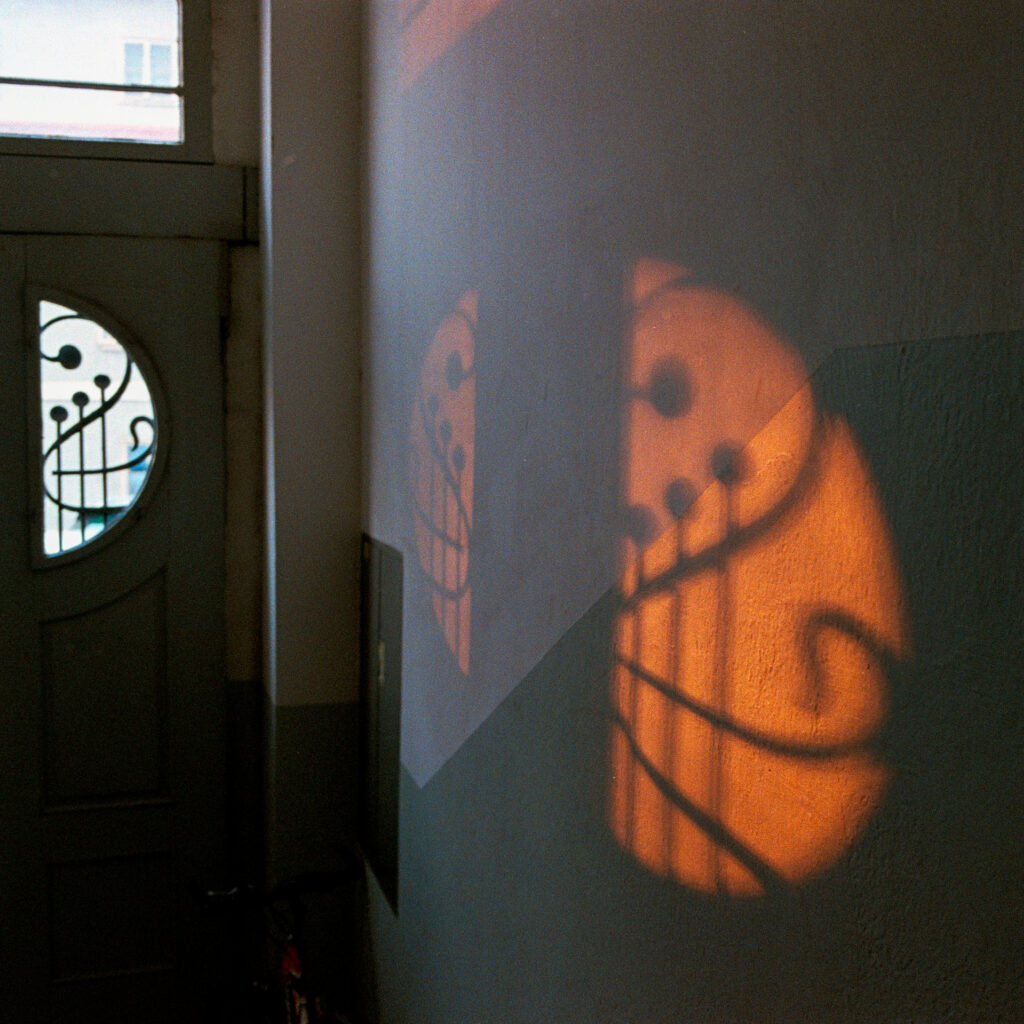
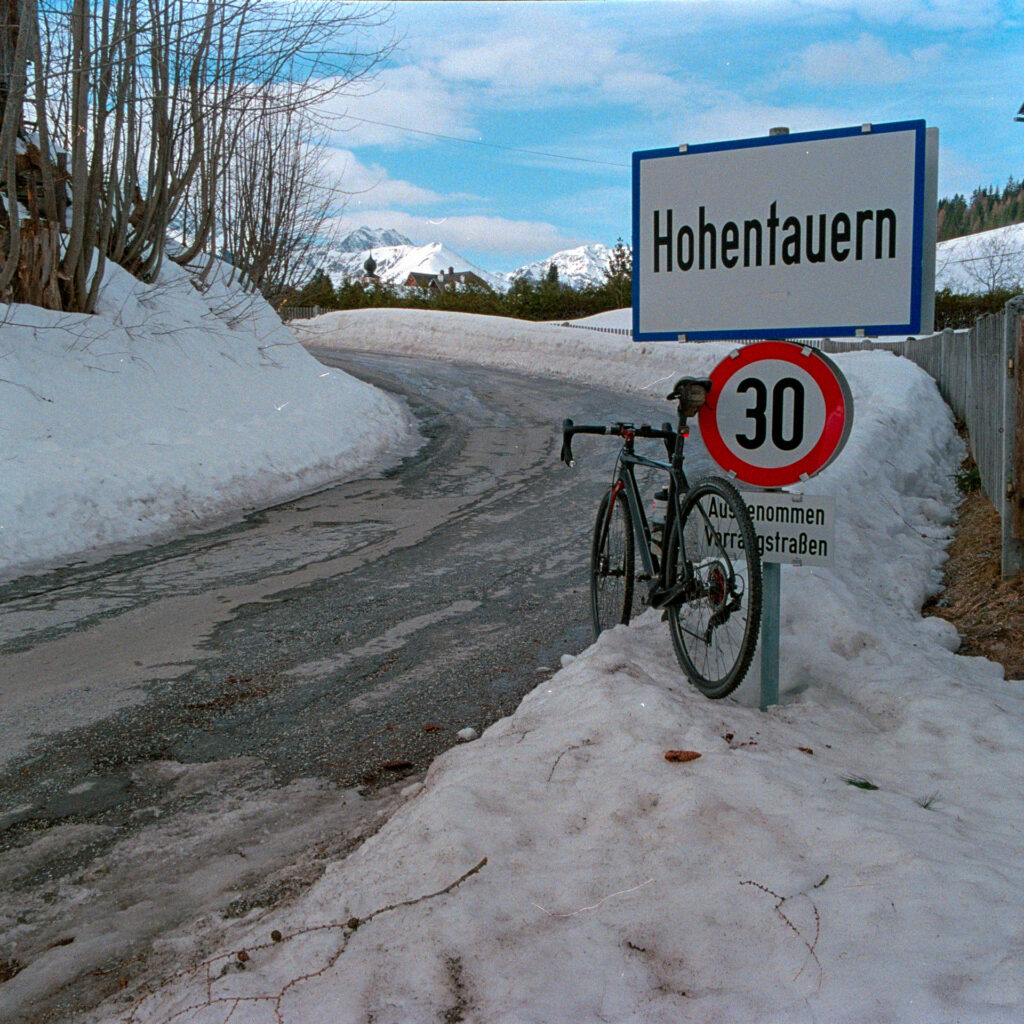
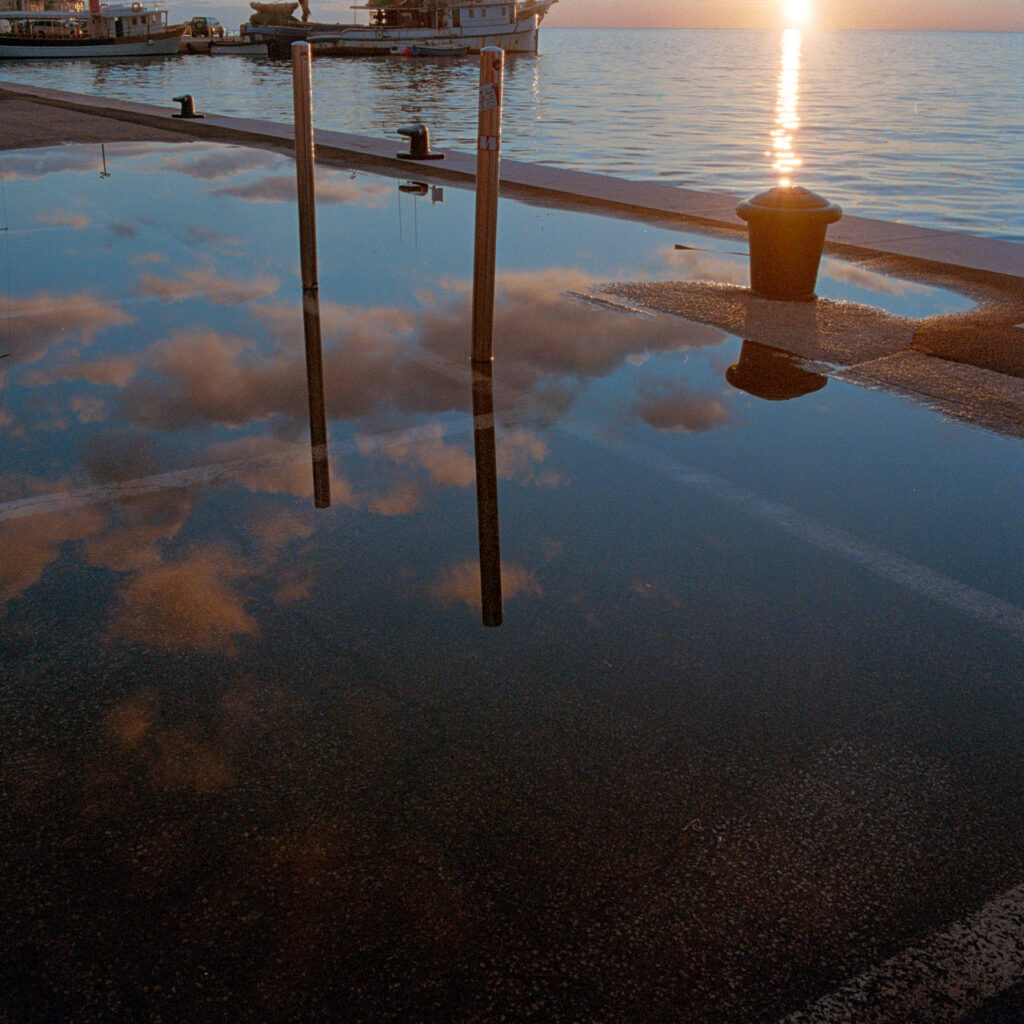
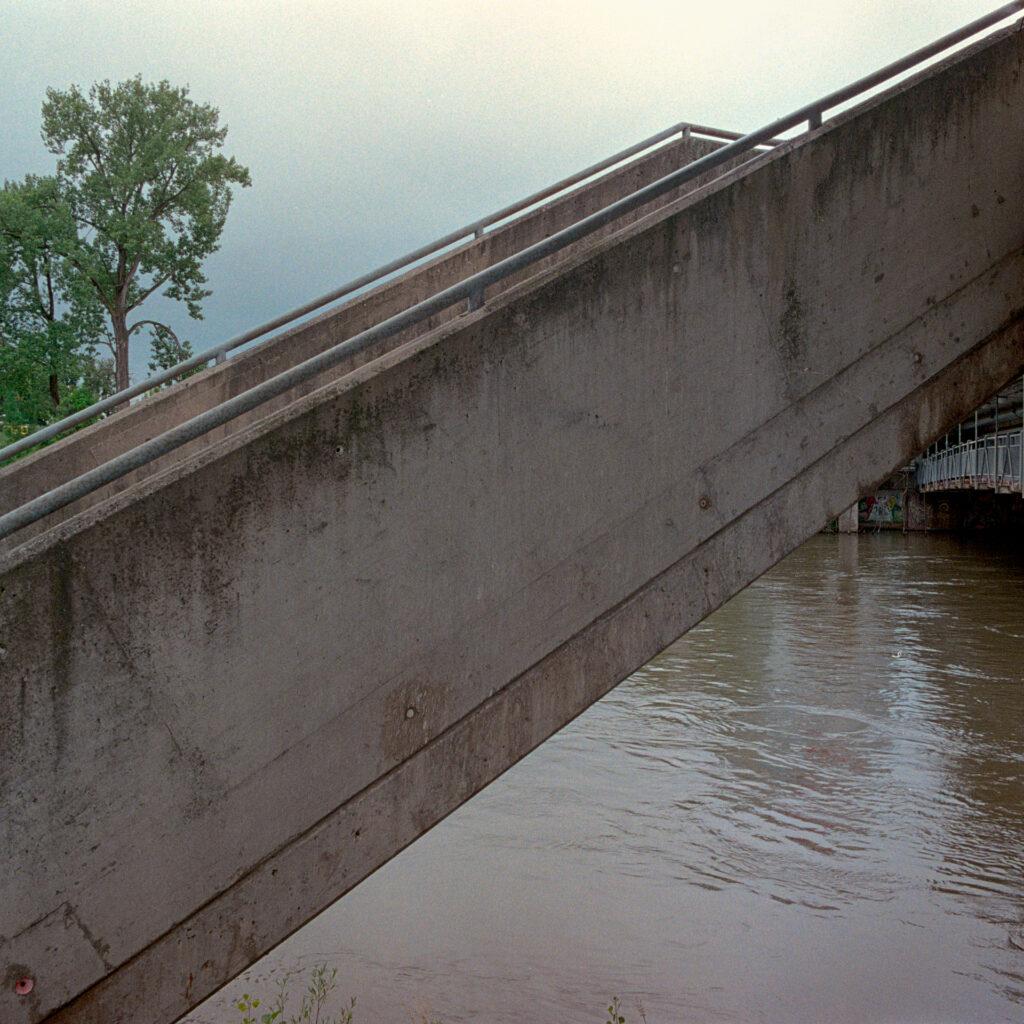
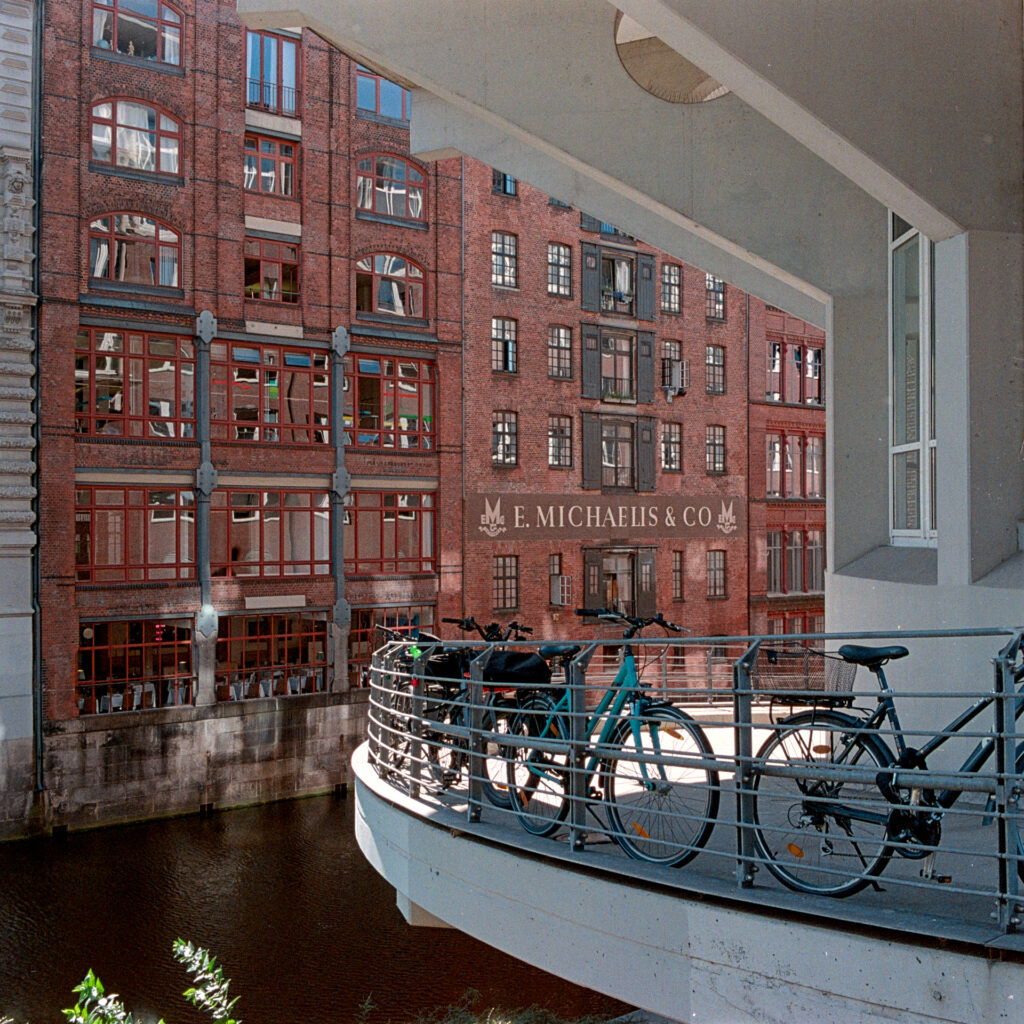
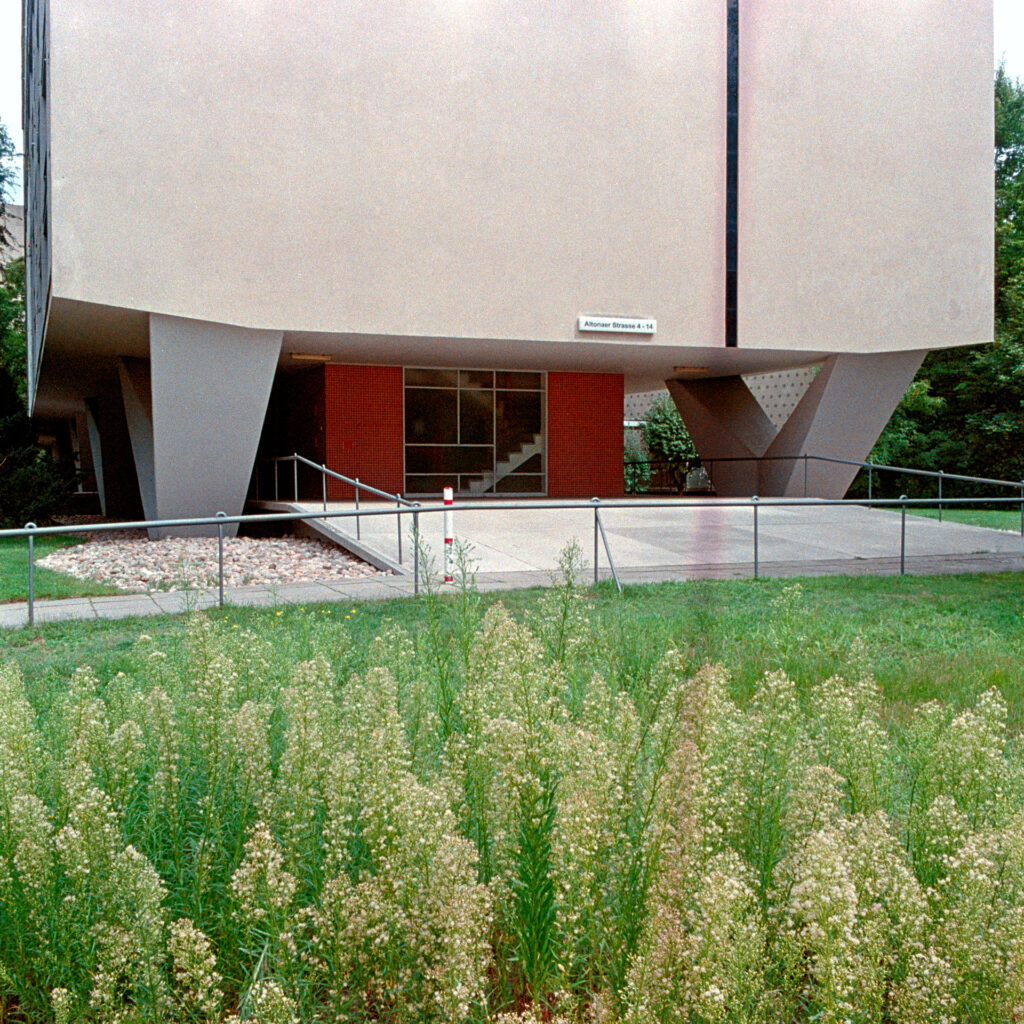
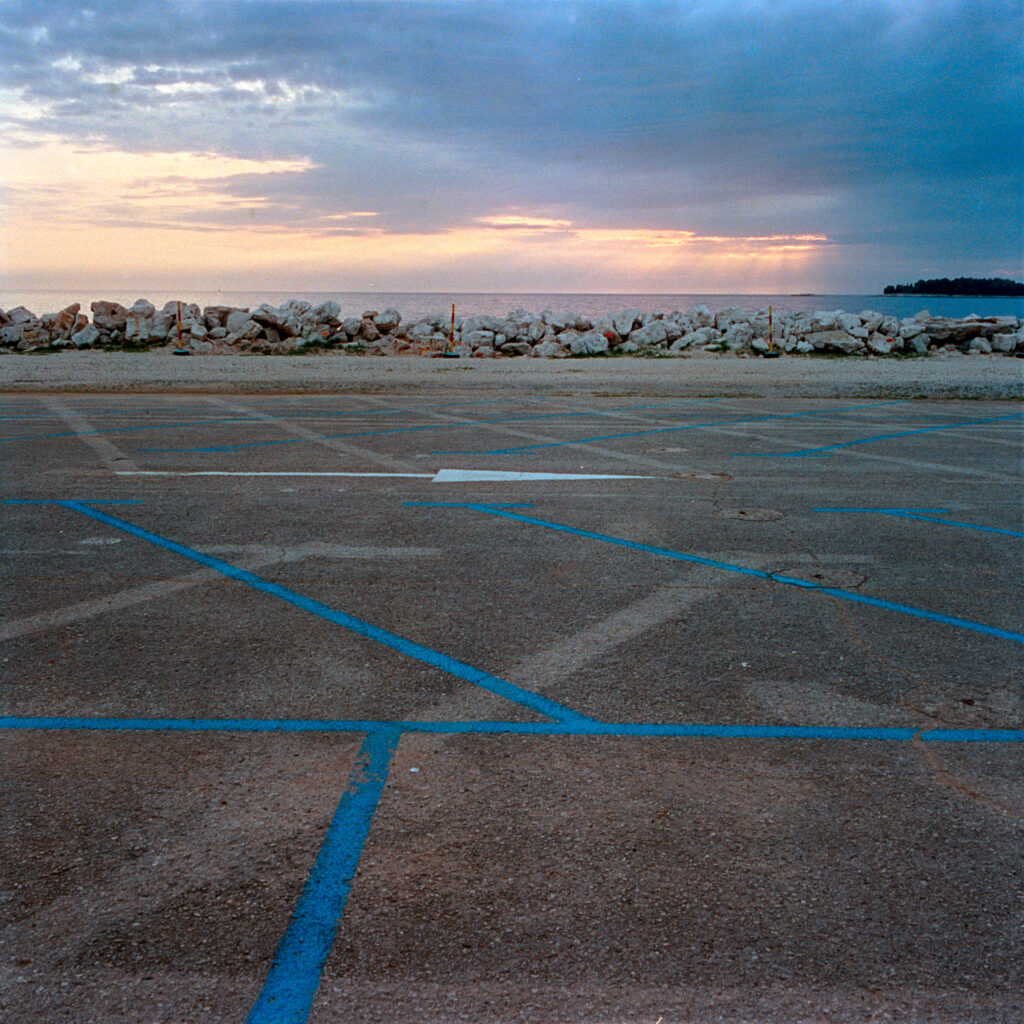
So this is my square photography that brightend up my daily life for the last two years.
The story still goes on. Thanks a lot for reading ! I hope one or another inspiring moment could get through to you.
Alex.
Share this post:
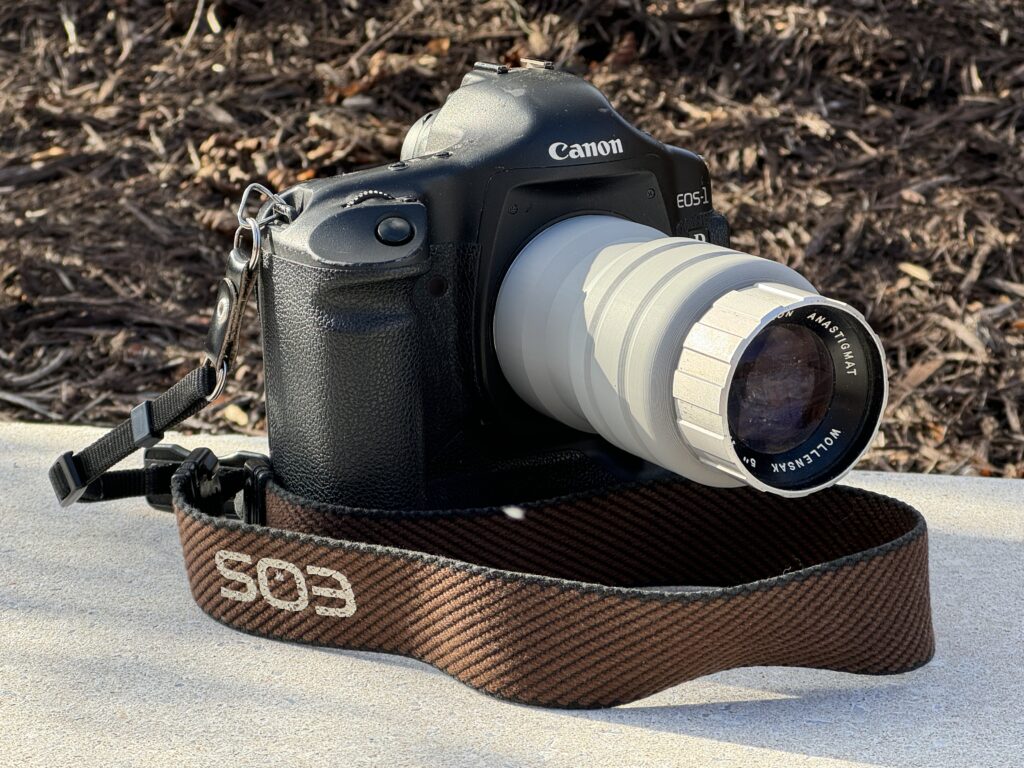
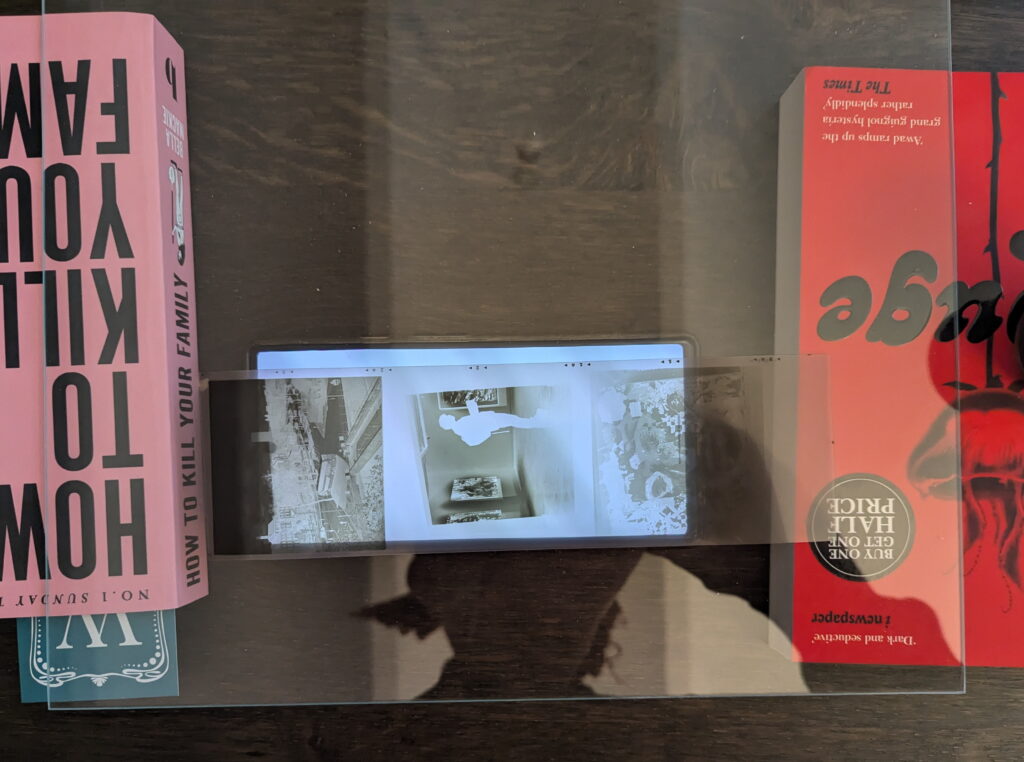
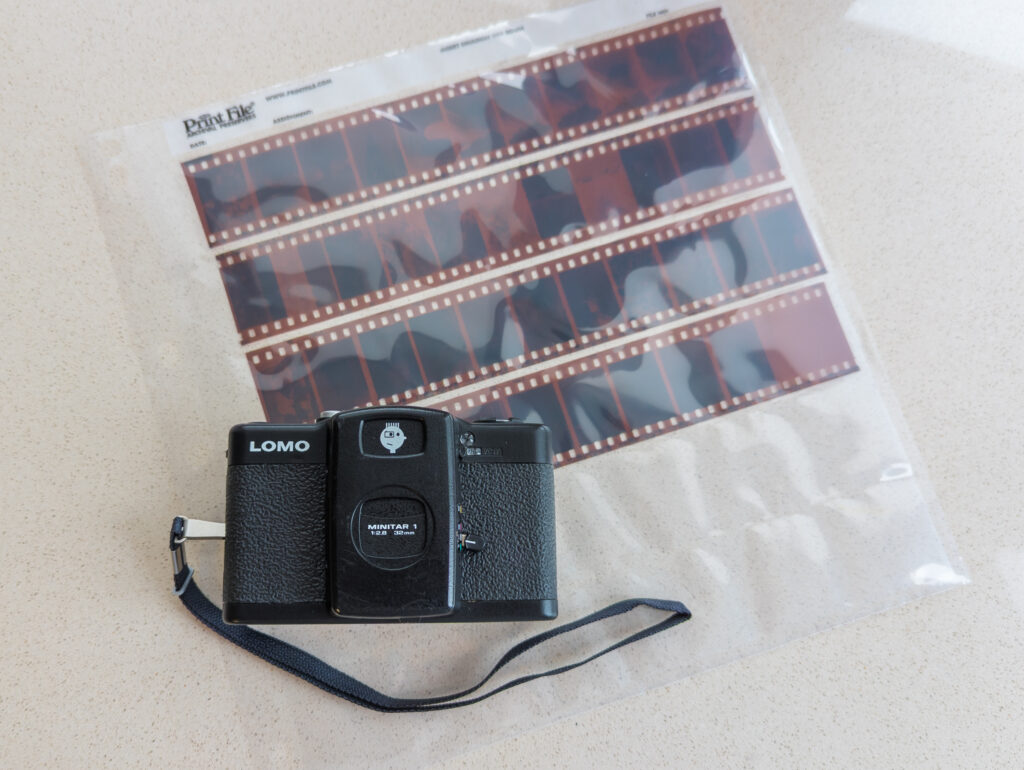
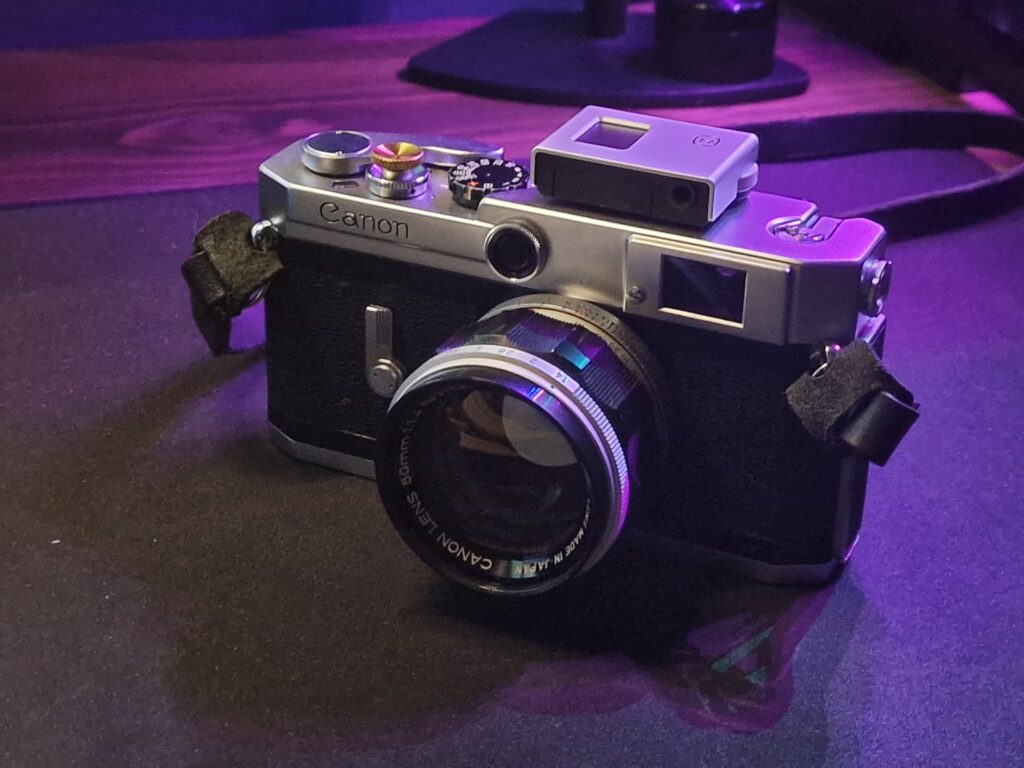




Comments
Tommaso avati on My Square Story – Making my own 24×24 35mm Cameras
Comment posted: 05/11/2024
btw, where are they shot? it looks like Italy but something like 40 years ago...
Comment posted: 05/11/2024
thorsten wulff on My Square Story – Making my own 24×24 35mm Cameras
Comment posted: 05/11/2024
Comment posted: 05/11/2024
Geoff Chaplin on My Square Story – Making my own 24×24 35mm Cameras
Comment posted: 05/11/2024
Comment posted: 05/11/2024
Cem Eren on My Square Story – Making my own 24×24 35mm Cameras
Comment posted: 05/11/2024
Comment posted: 05/11/2024
Bill Brown on My Square Story – Making my own 24×24 35mm Cameras
Comment posted: 05/11/2024
Comment posted: 05/11/2024
Juna on My Square Story – Making my own 24×24 35mm Cameras
Comment posted: 05/11/2024
Long story short: Great and impressive work!
Comment posted: 05/11/2024
Andrew L on My Square Story – Making my own 24×24 35mm Cameras
Comment posted: 05/11/2024
Love the look of the camera that you created, and the results are excellent.
Comment posted: 05/11/2024
Jens Kotlenga on My Square Story – Making my own 24×24 35mm Cameras
Comment posted: 05/11/2024
Comment posted: 05/11/2024
John F. on My Square Story – Making my own 24×24 35mm Cameras
Comment posted: 05/11/2024
Out of curiosity, what is the final weight of the camera, and does it still have a functional meter?
Comment posted: 05/11/2024
Comment posted: 05/11/2024
Huss on My Square Story – Making my own 24×24 35mm Cameras
Comment posted: 06/11/2024
Excellent pictures.
Comment posted: 06/11/2024
Bob Janes on My Square Story – Making my own 24×24 35mm Cameras
Comment posted: 06/11/2024
From your 'metering of the film' shot -- I assume the photodiodes are installed each side of the mask which would sit on the lens side of the shutter?
q1. How did you calibrate the photodiodes? I assume theyy were originally pointed at the focus screen, but are now looking at incident light - do you have an idea of the sort of pattern you are getting for metering?
q2. does having the mask on the far side of the shutter to the film lead to some 'feathering' of the sides of each shot, or are the edges of the frame reasonably well defined?
Comment posted: 06/11/2024
jim on My Square Story – Making my own 24×24 35mm Cameras
Comment posted: 06/11/2024
Comment posted: 06/11/2024
Michael Zwicky-Ross on My Square Story – Making my own 24×24 35mm Cameras
Comment posted: 06/11/2024
Comment posted: 06/11/2024
Tony Warren on My Square Story – Making my own 24×24 35mm Cameras
Comment posted: 07/11/2024
Comment posted: 07/11/2024
Comment posted: 07/11/2024